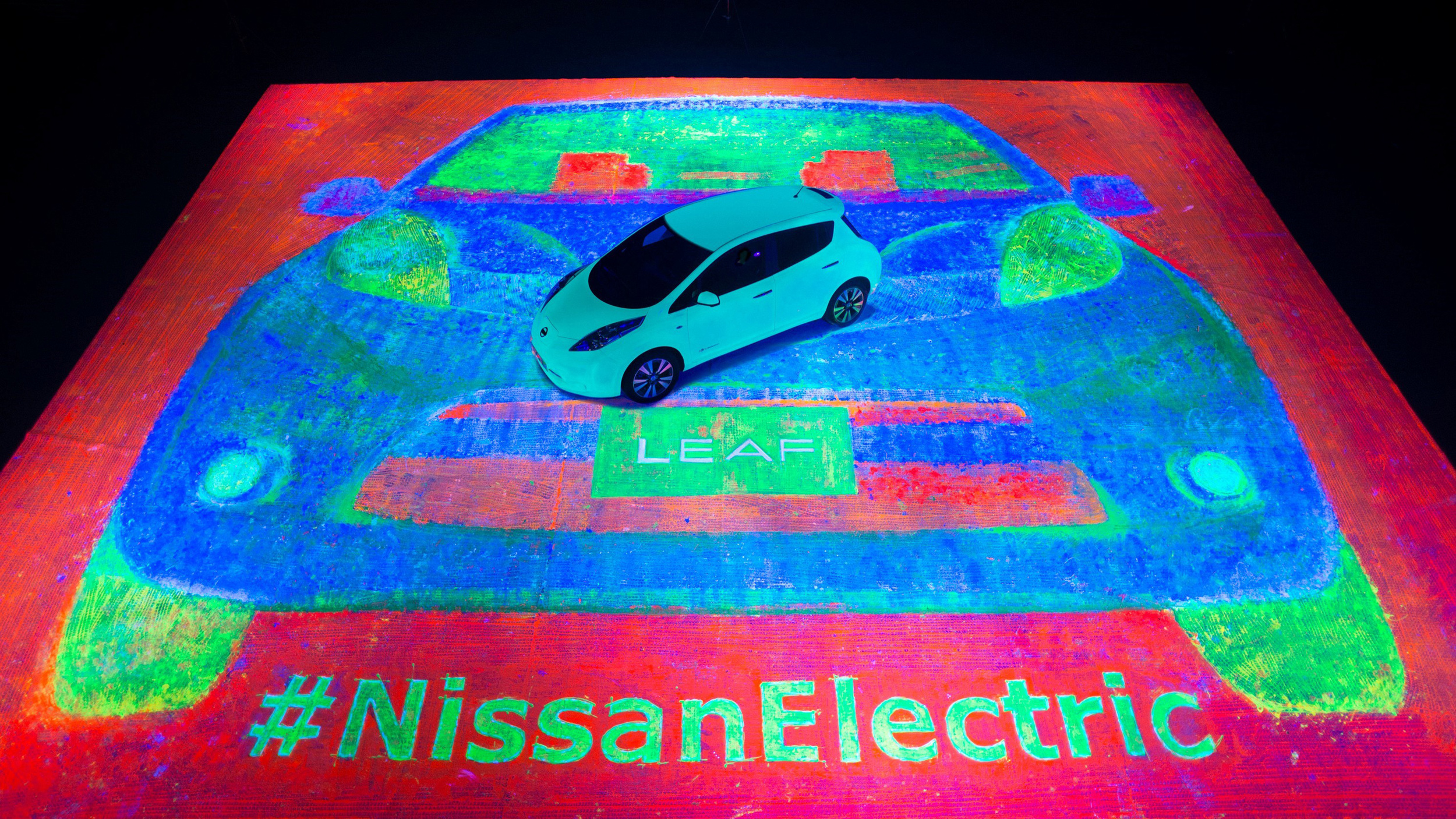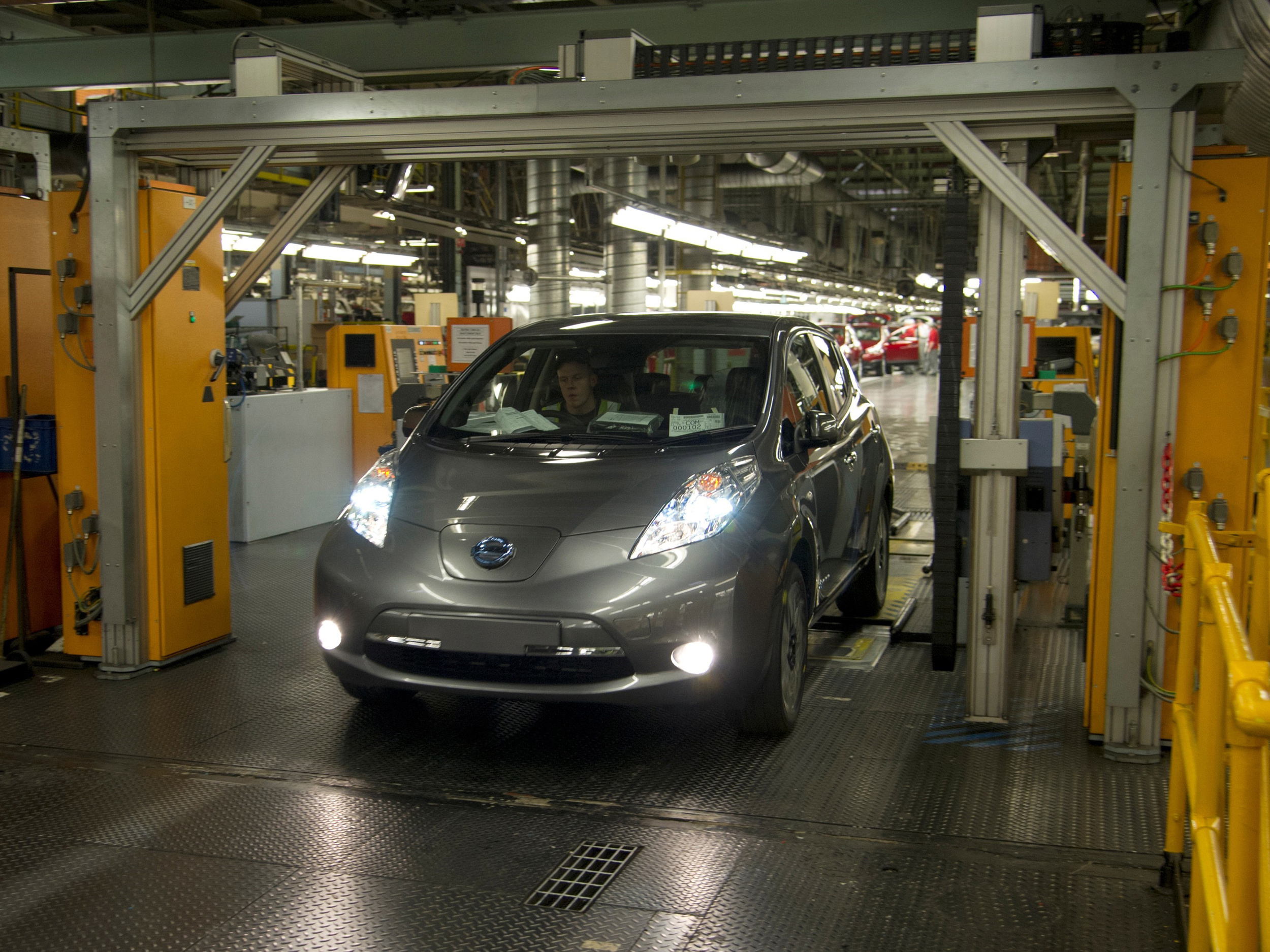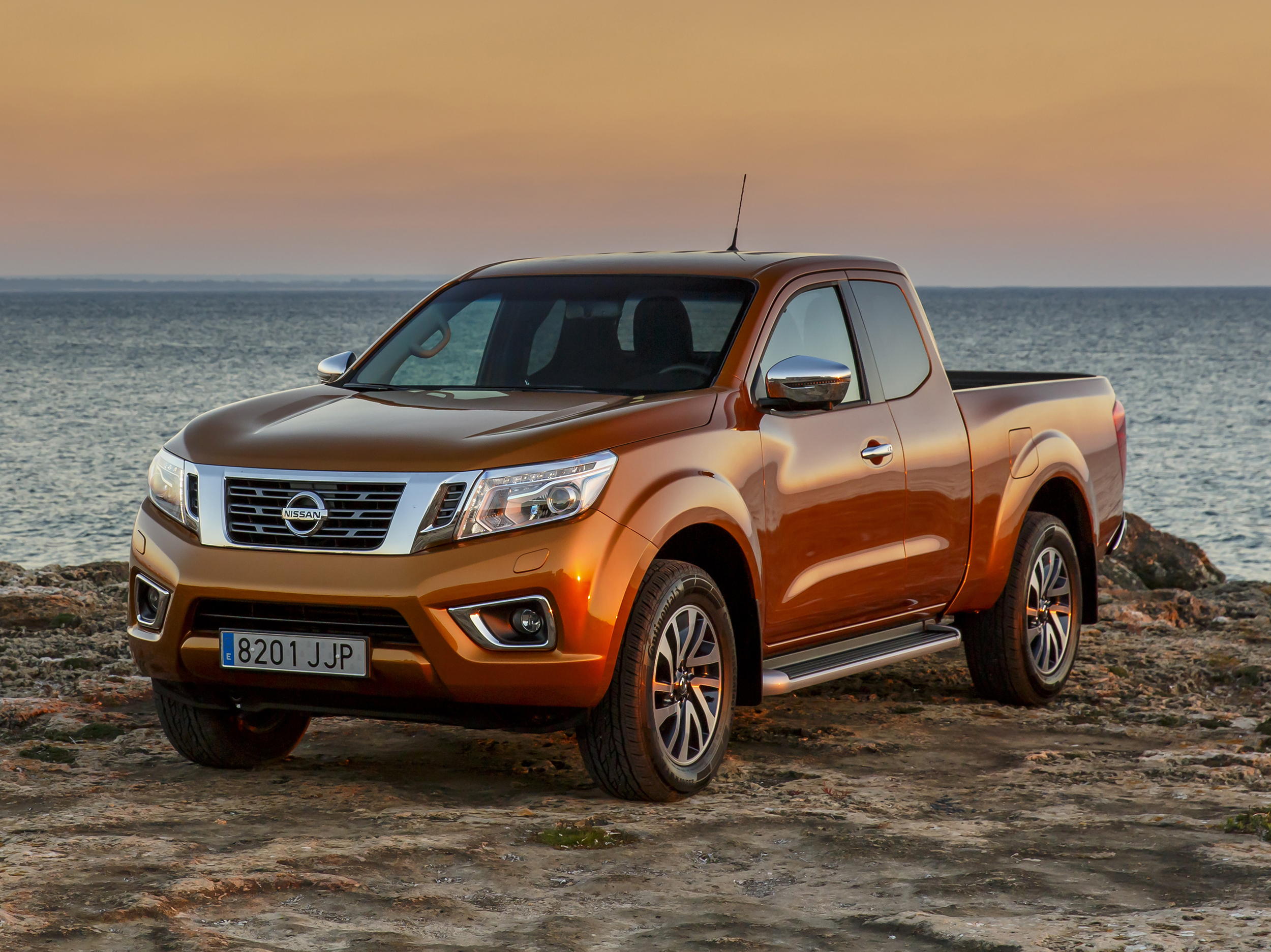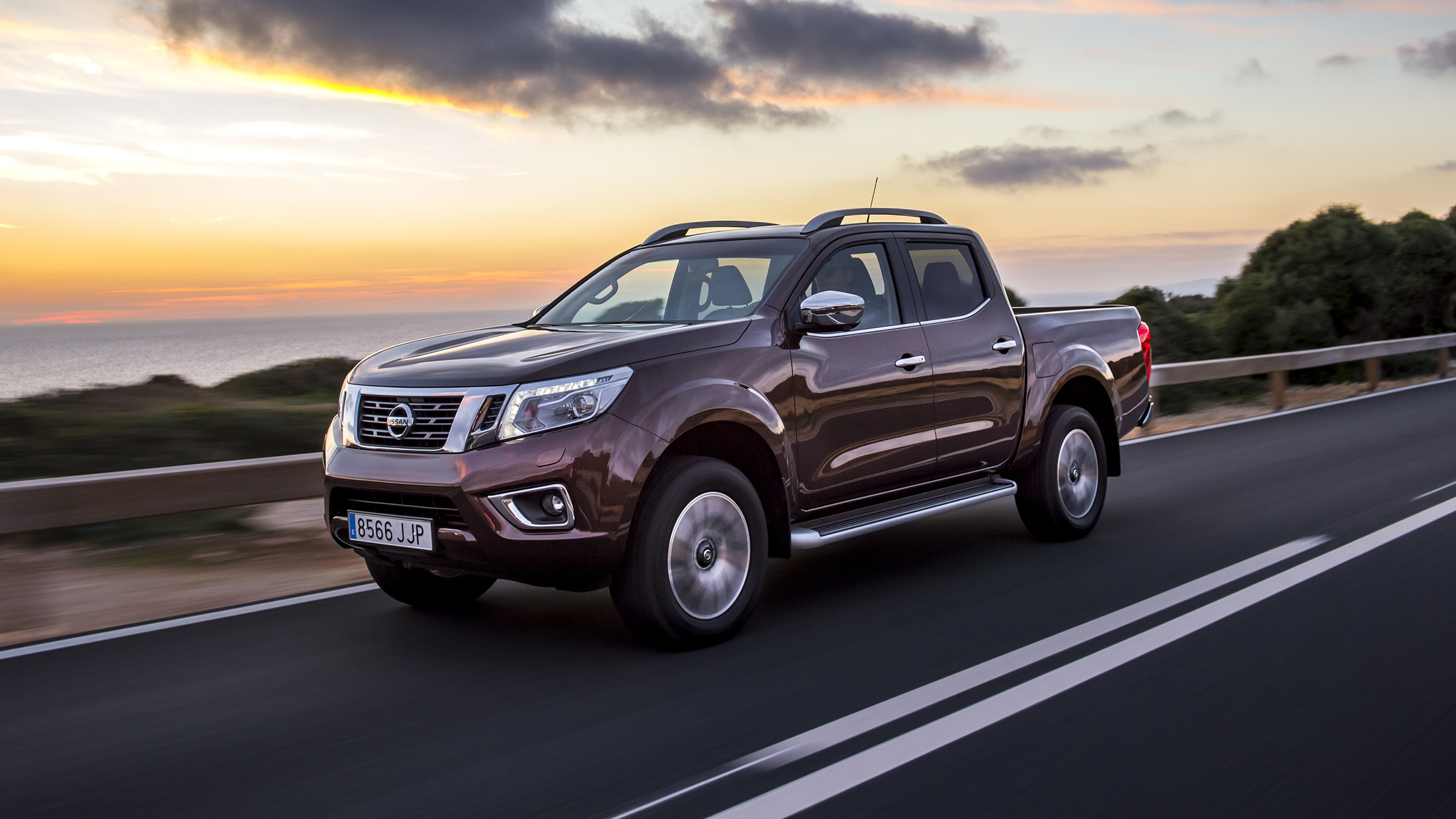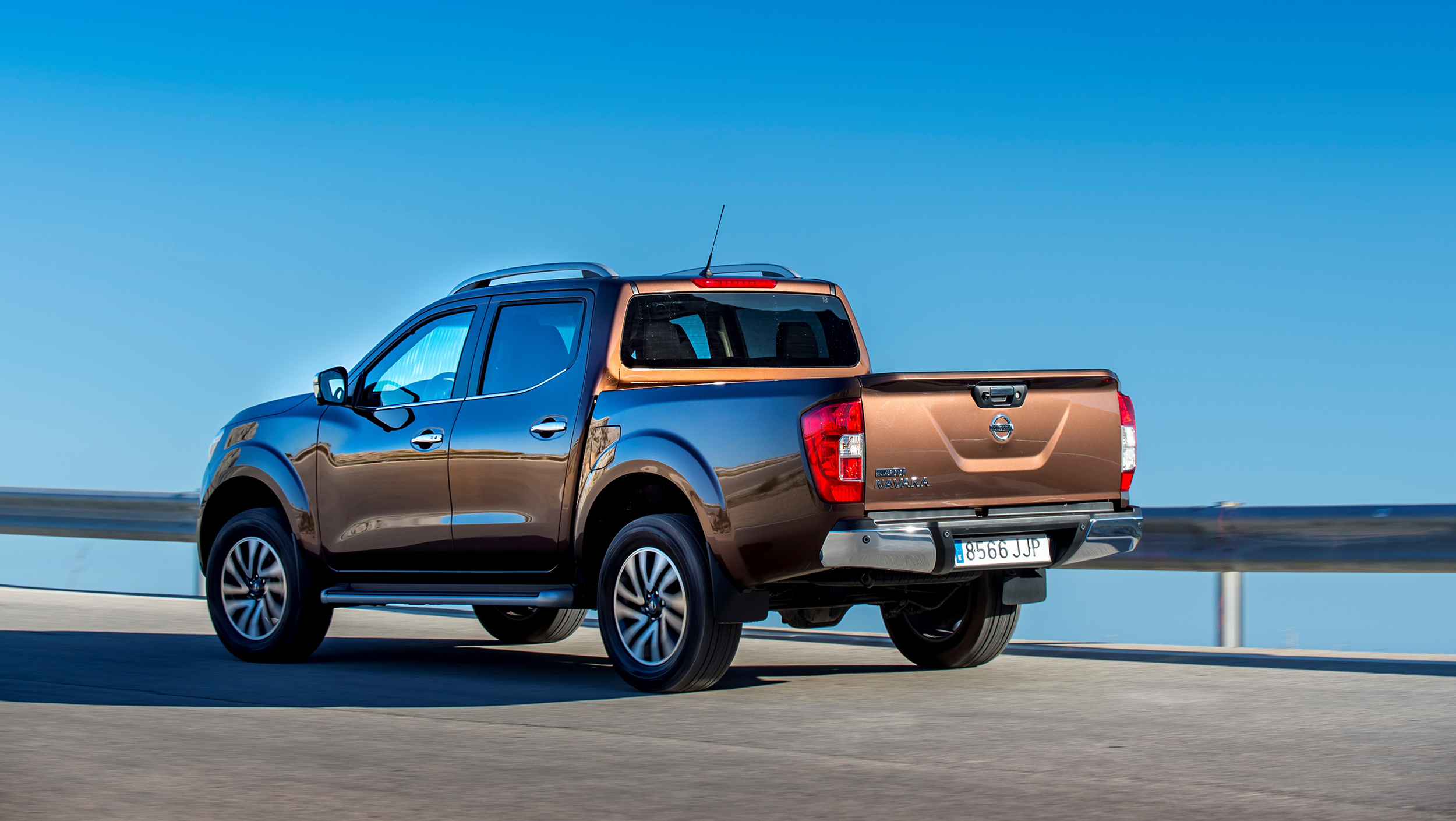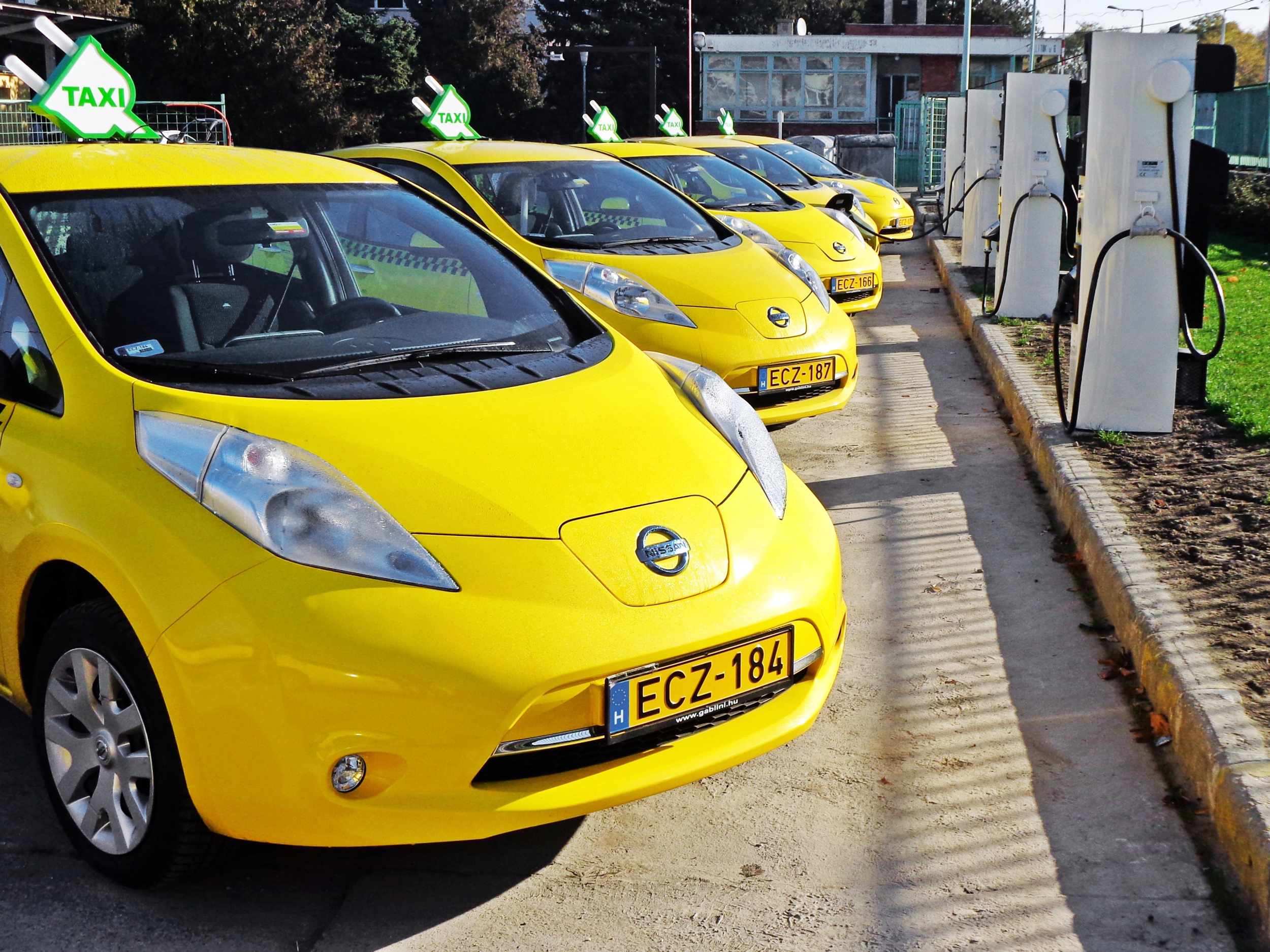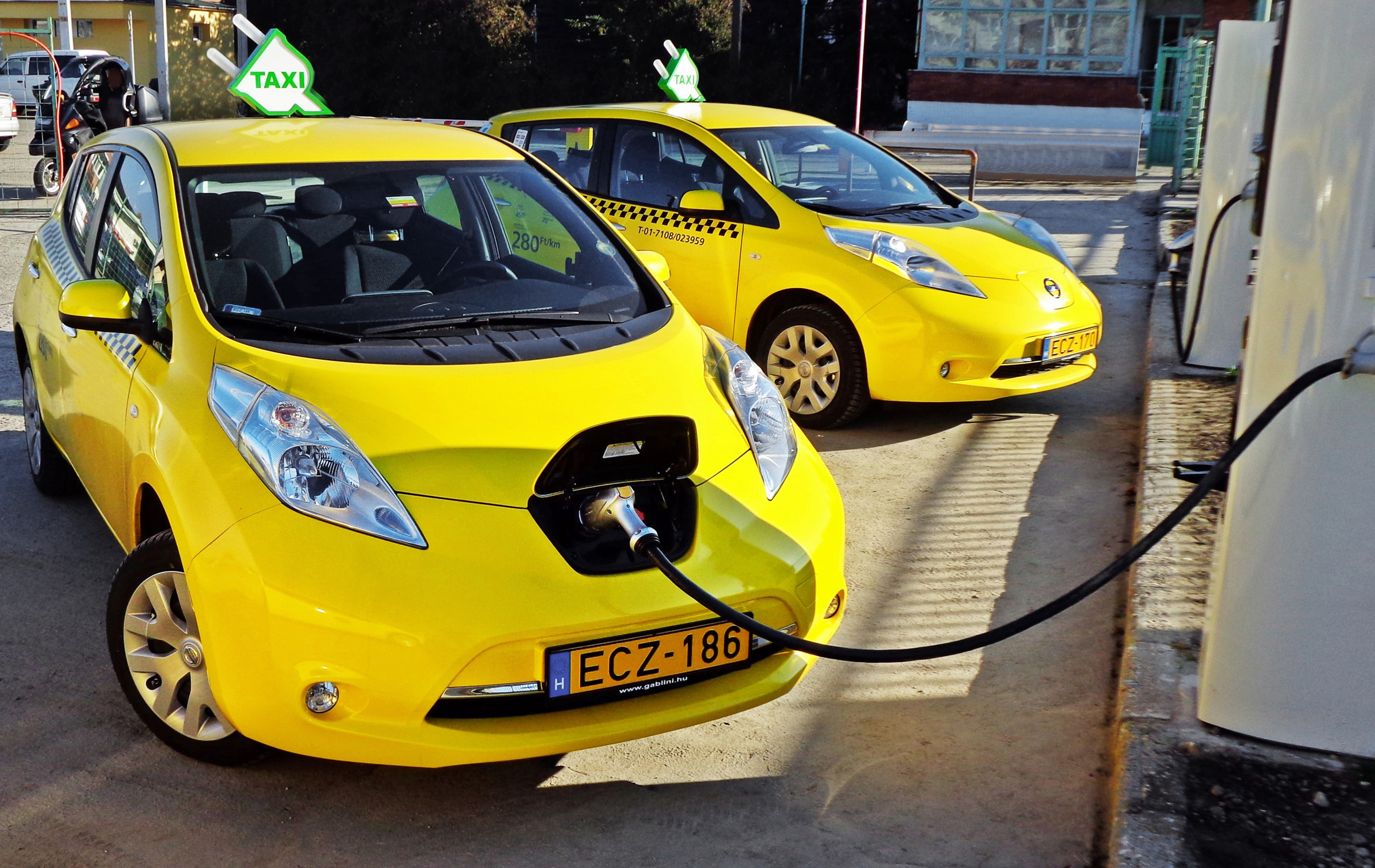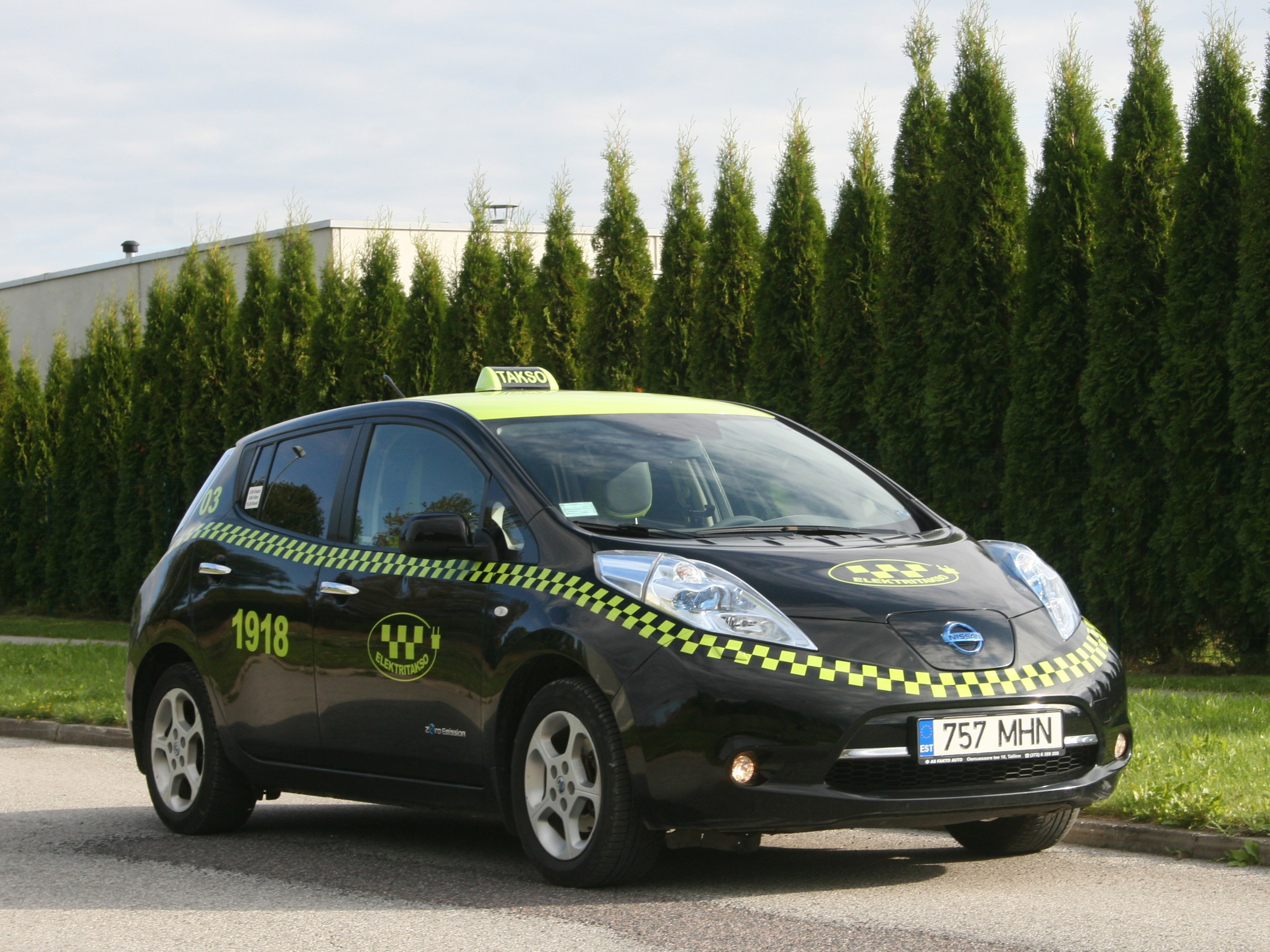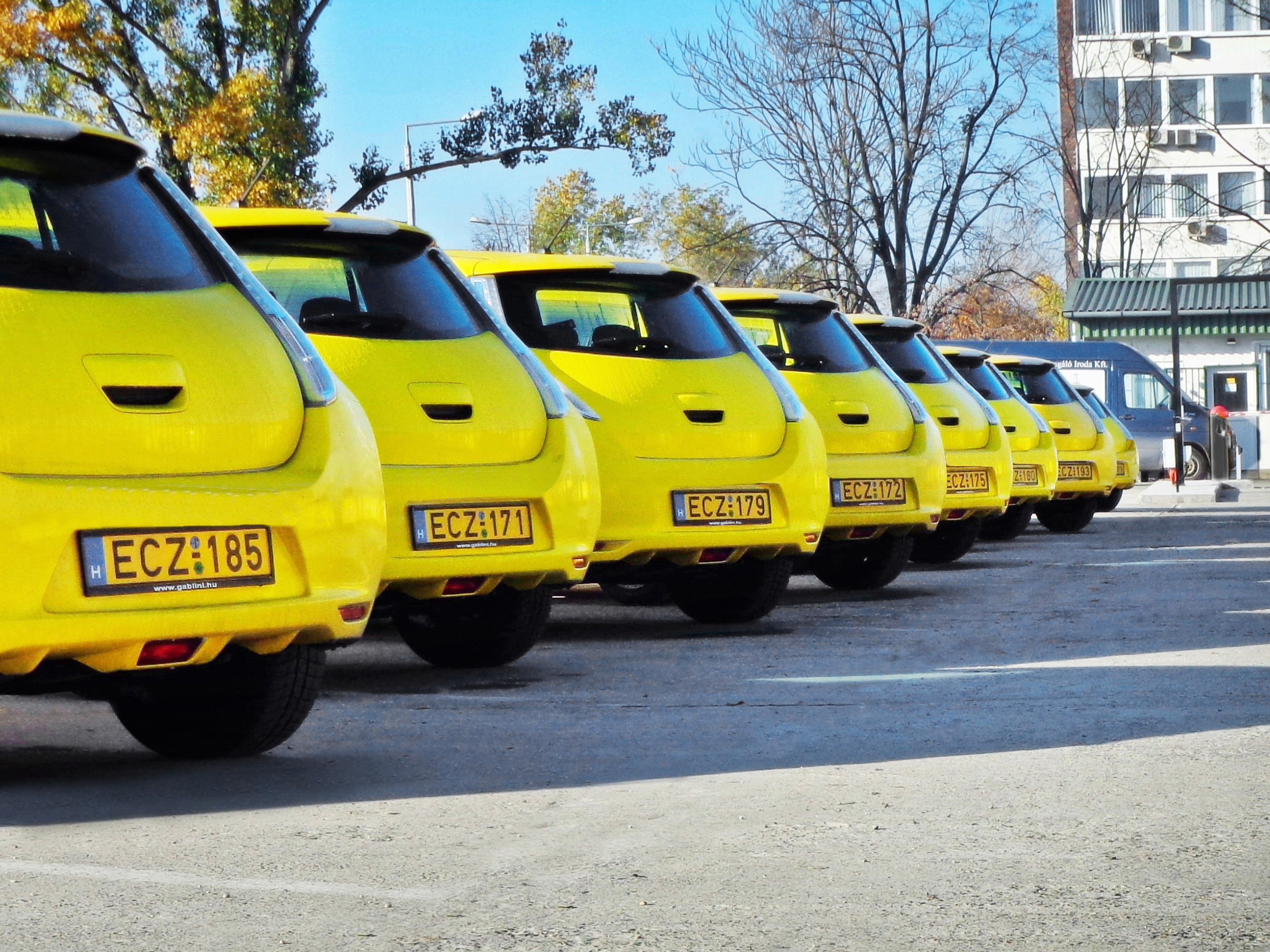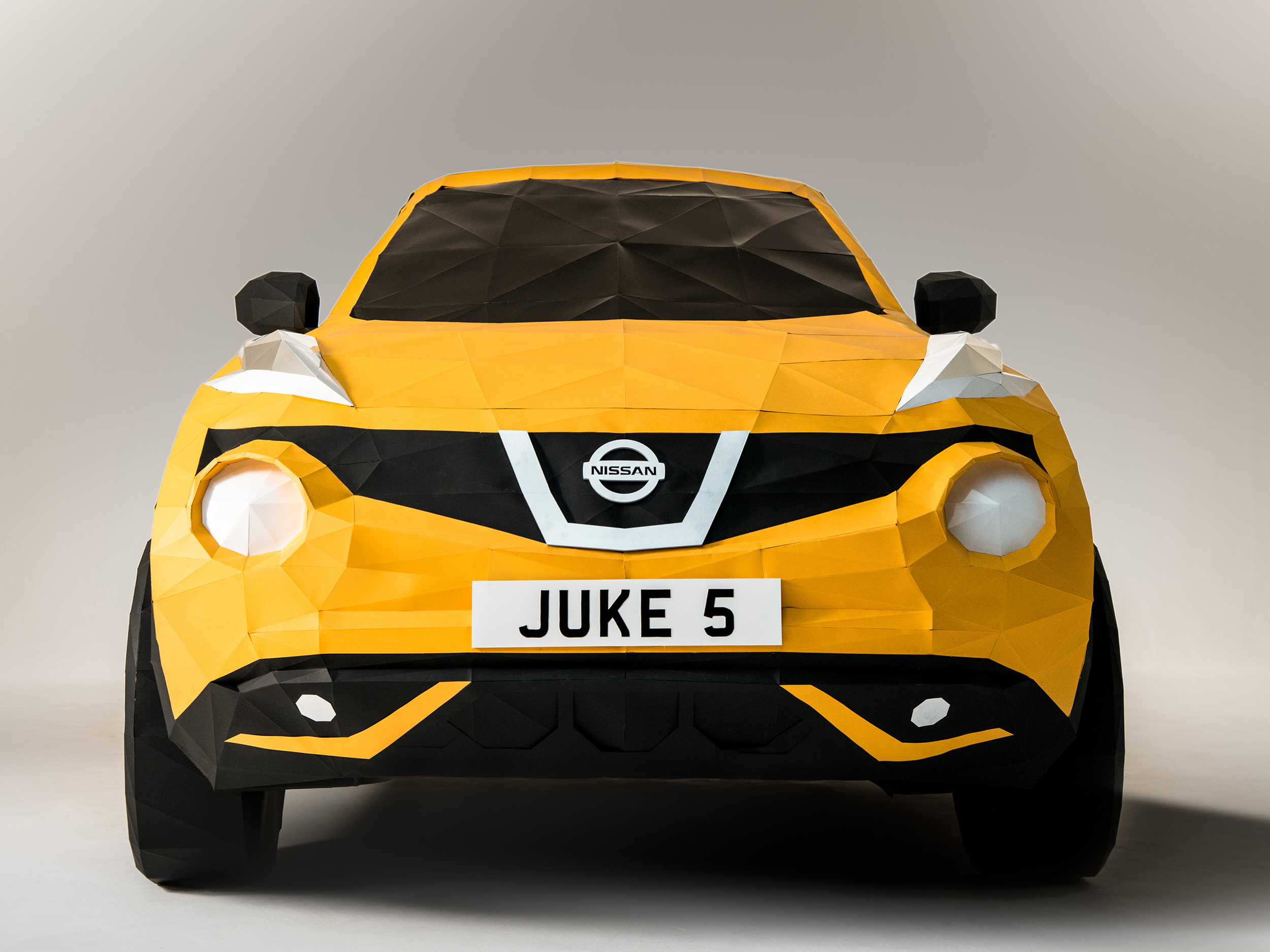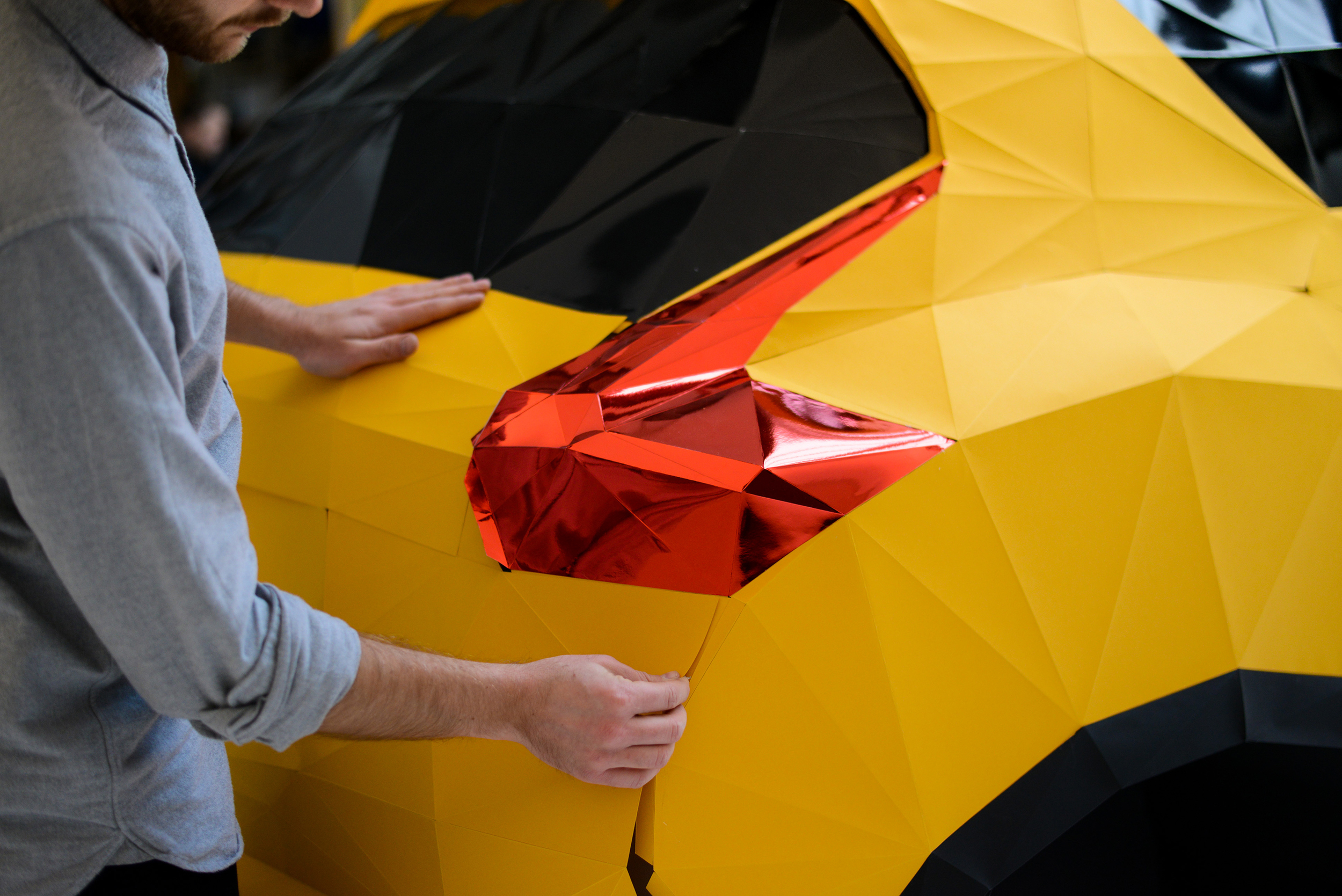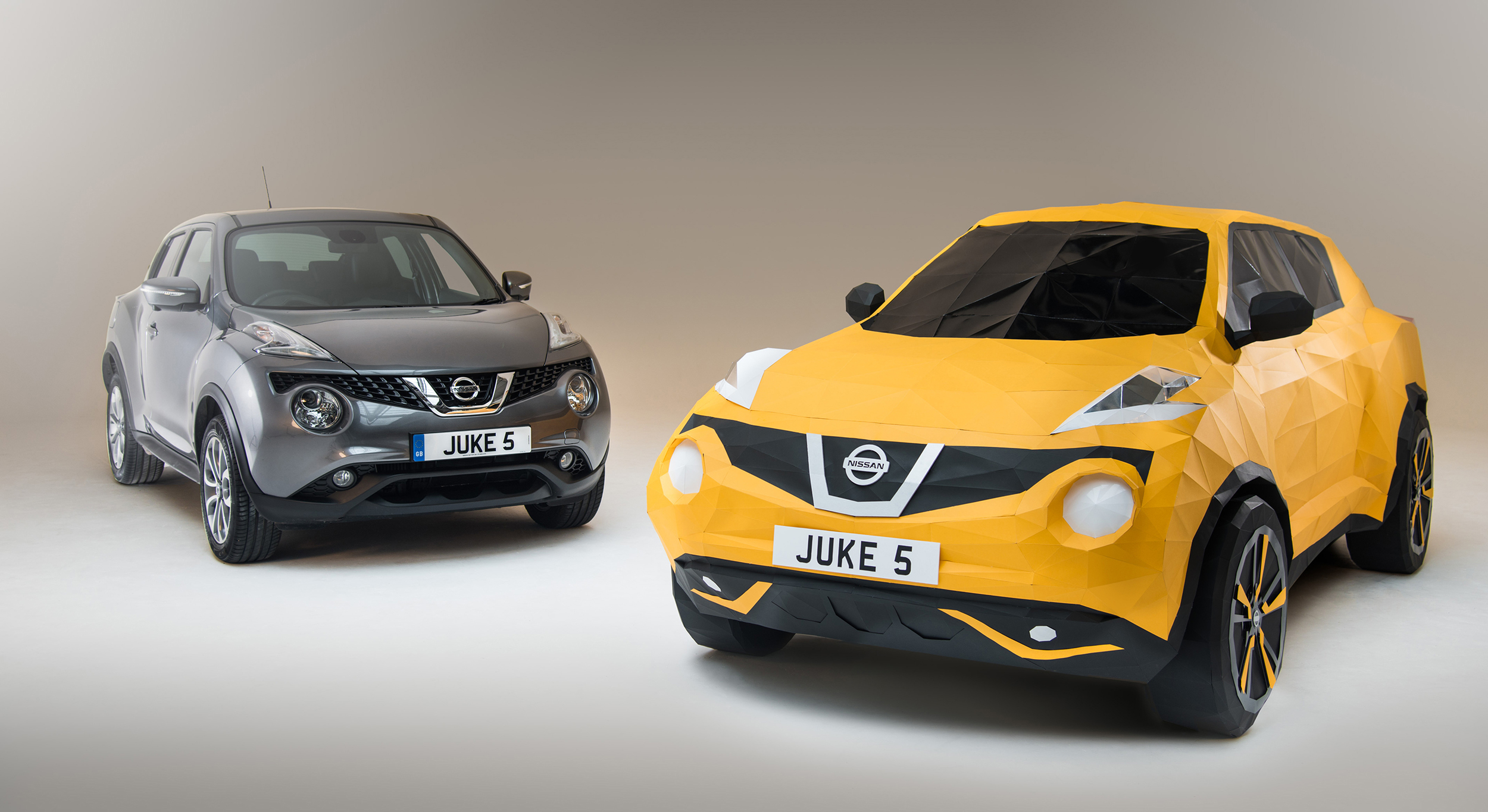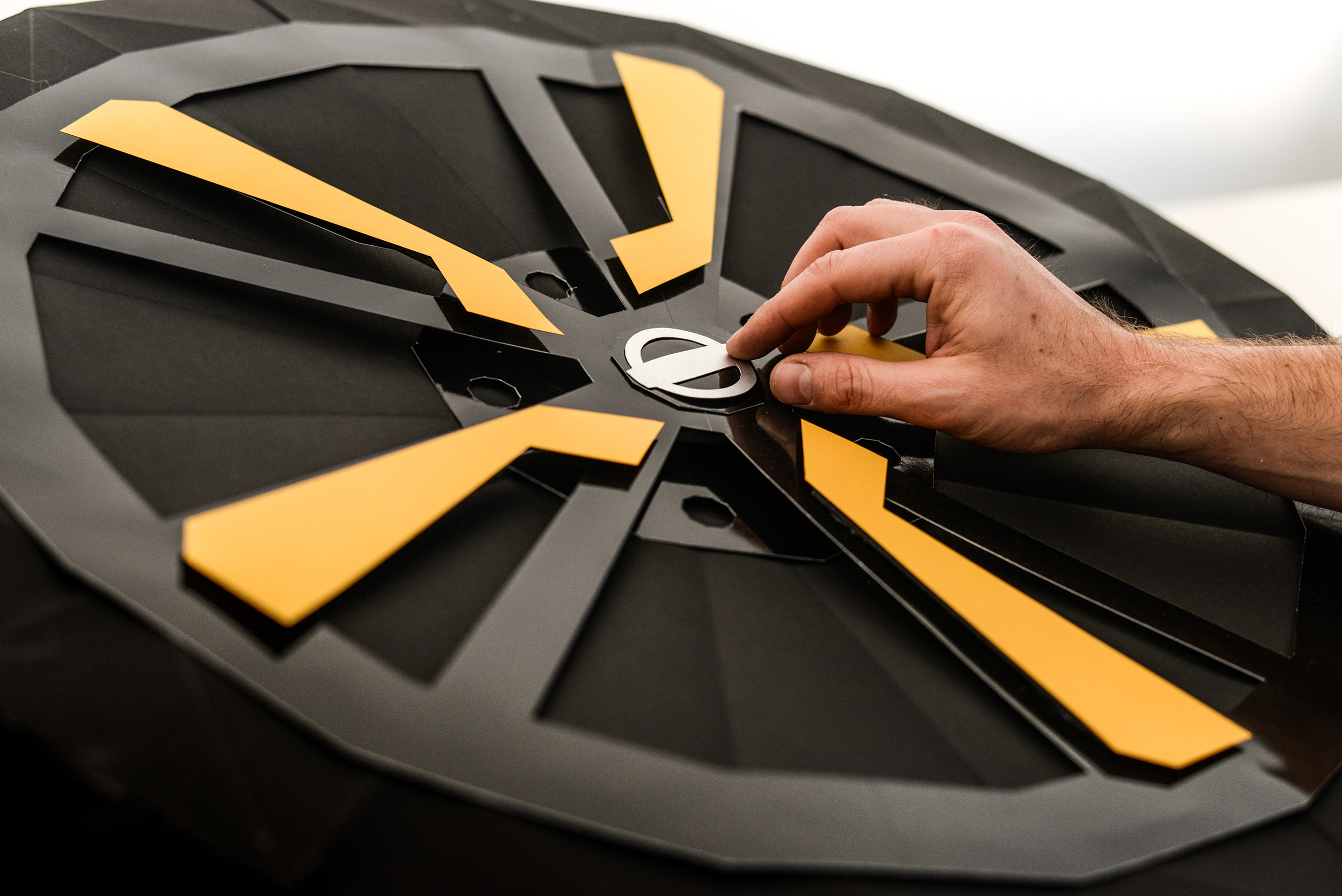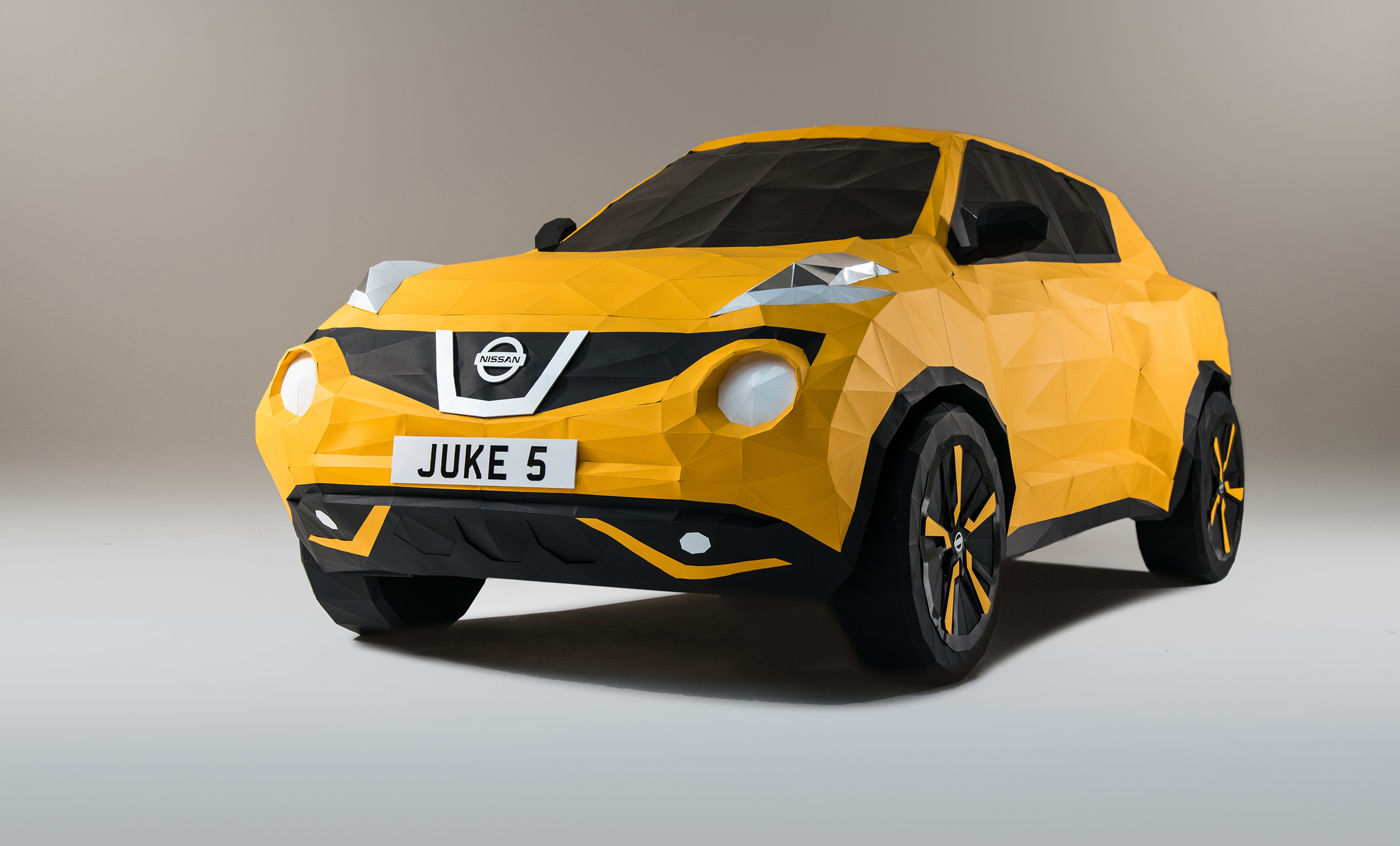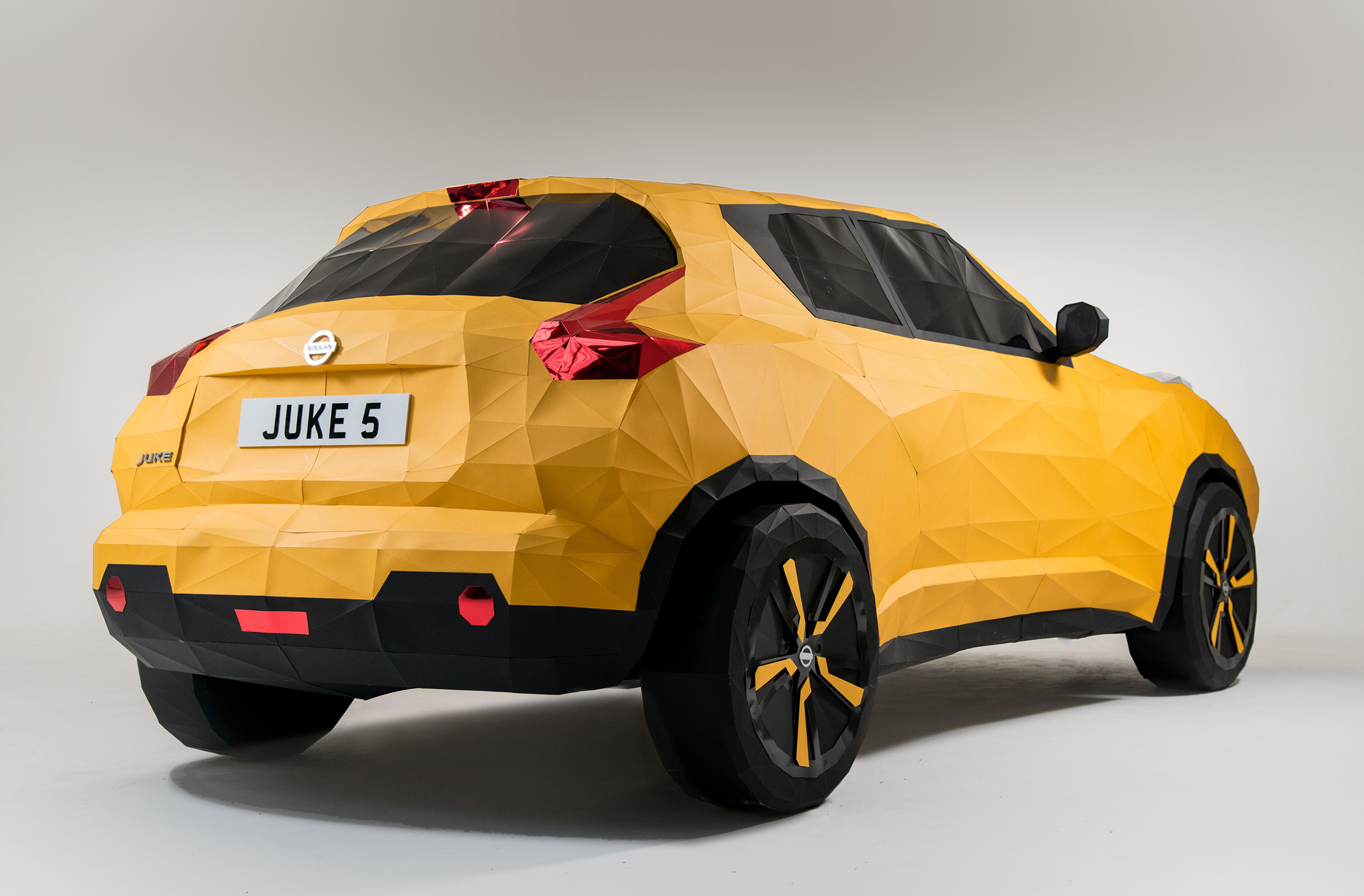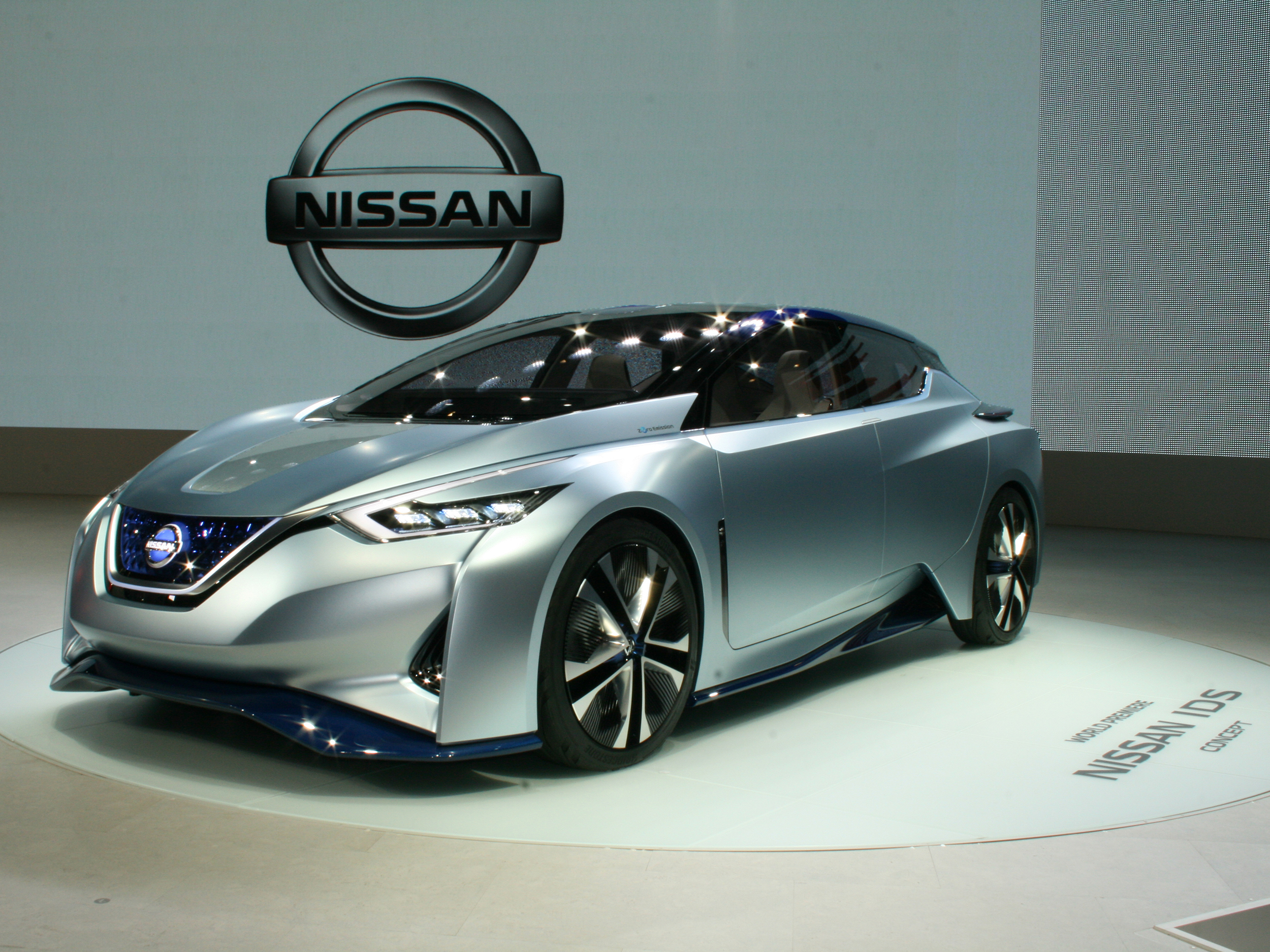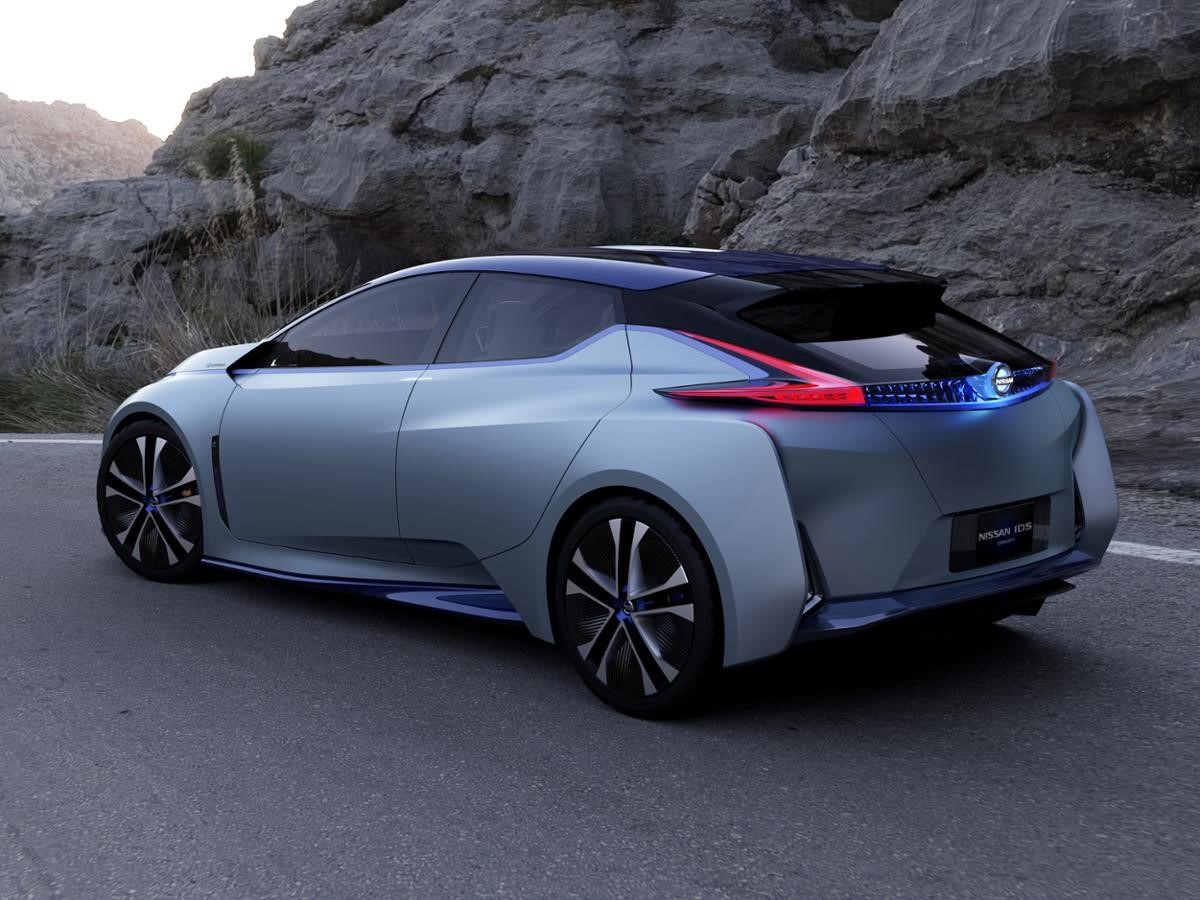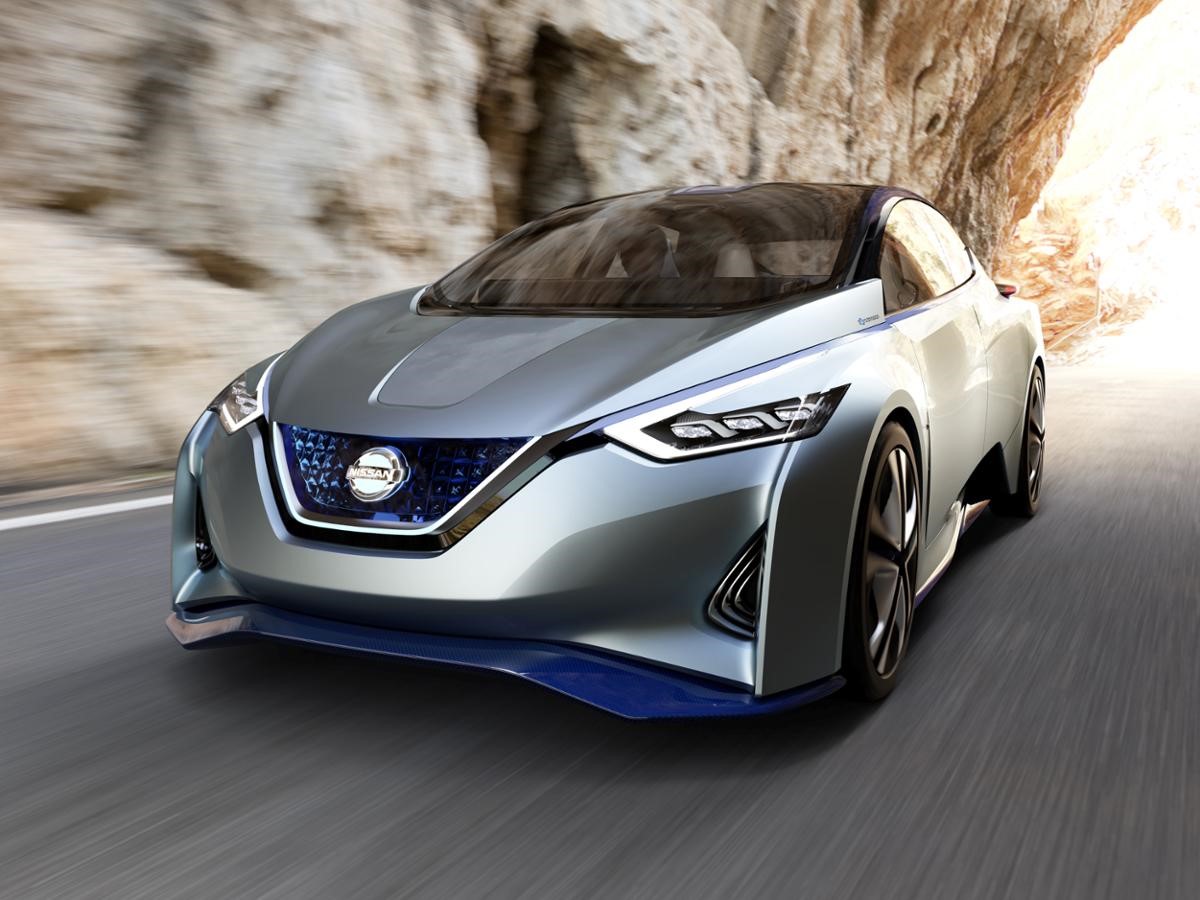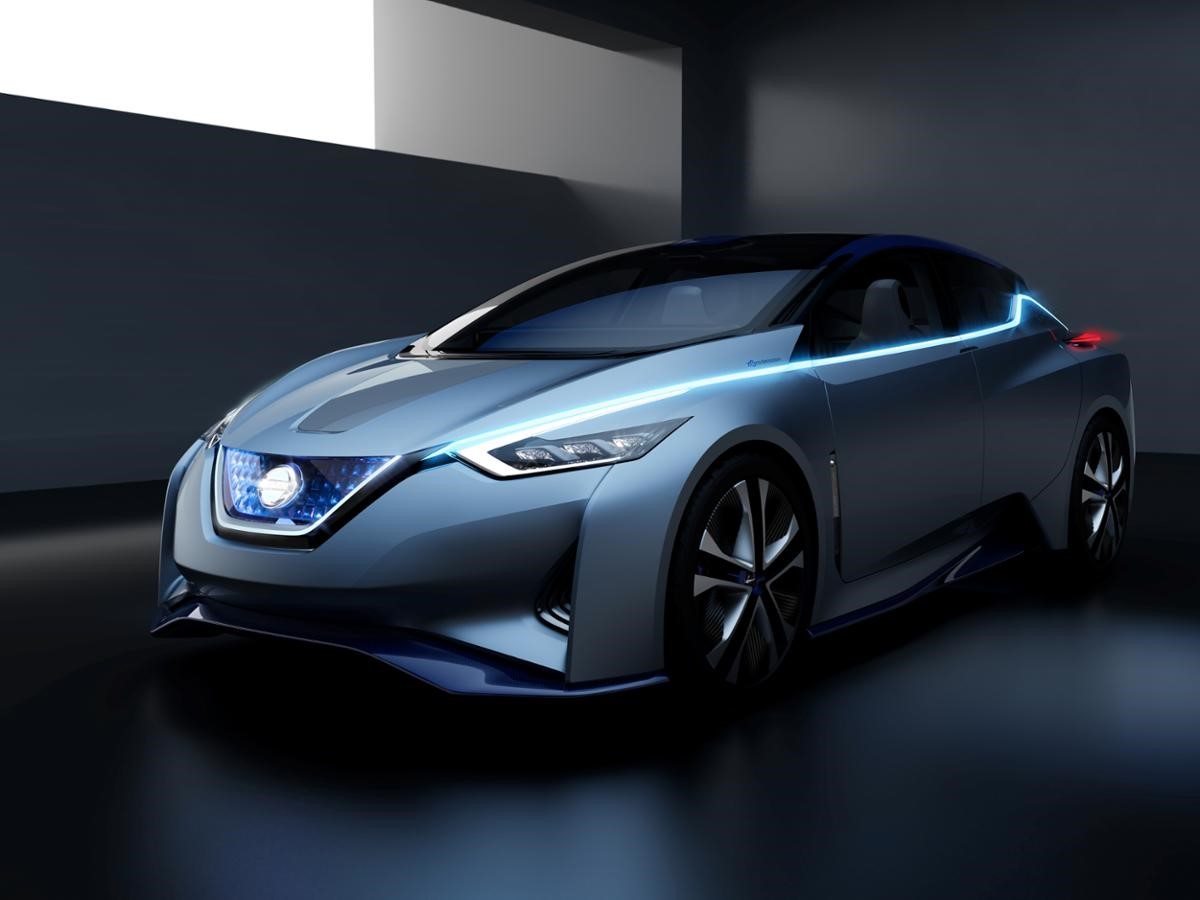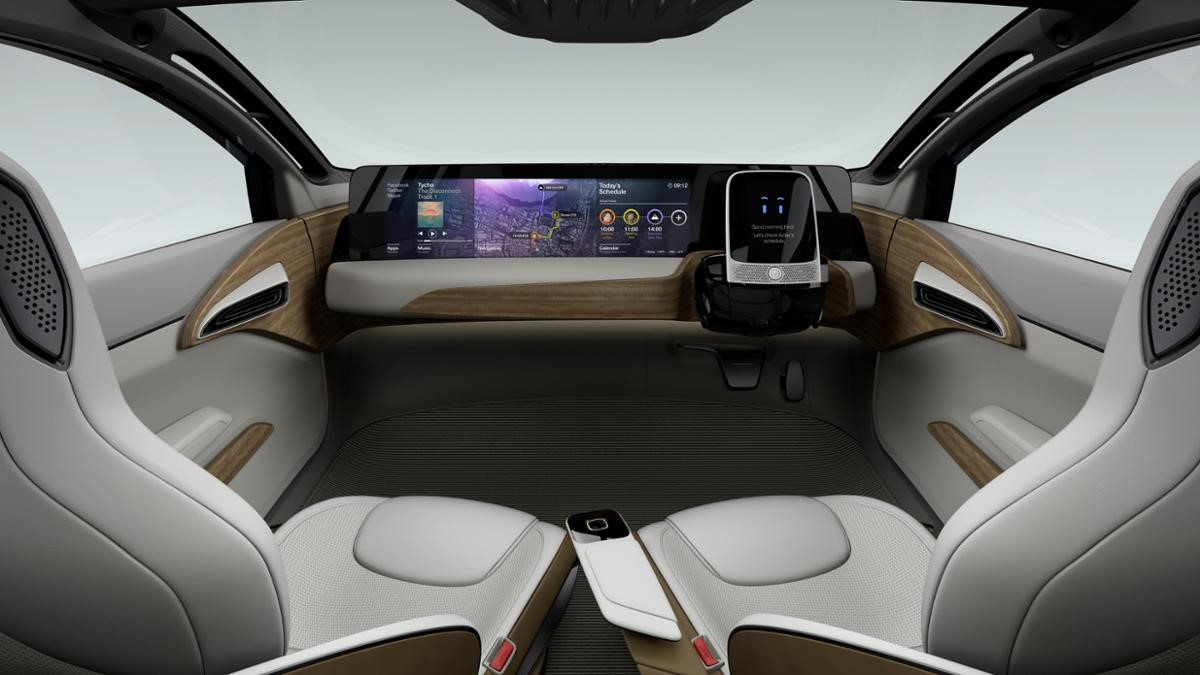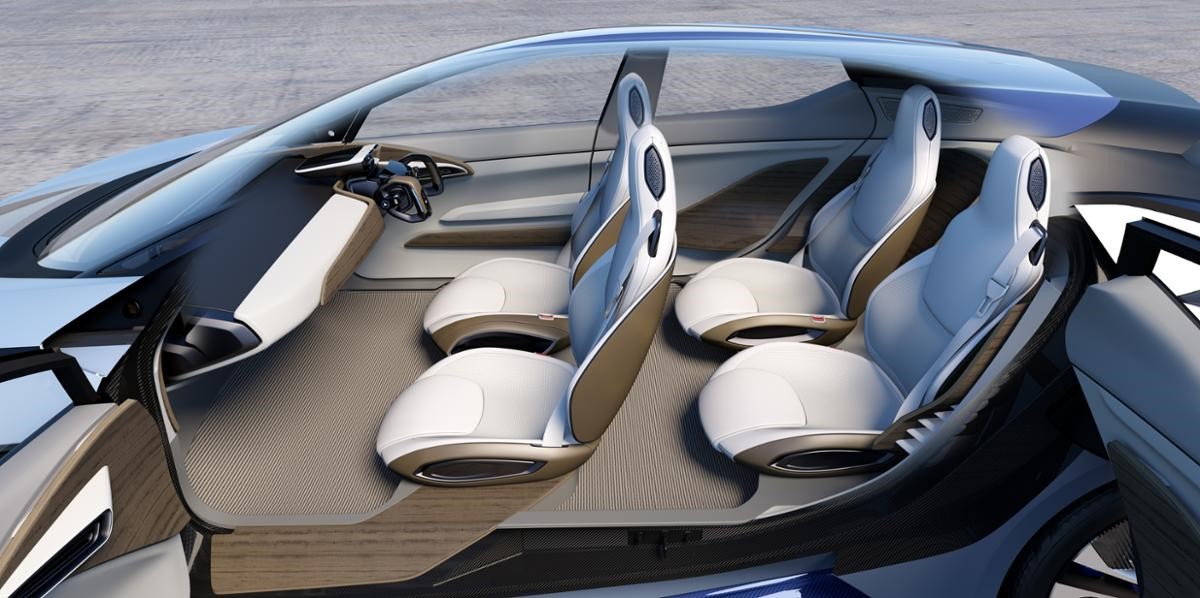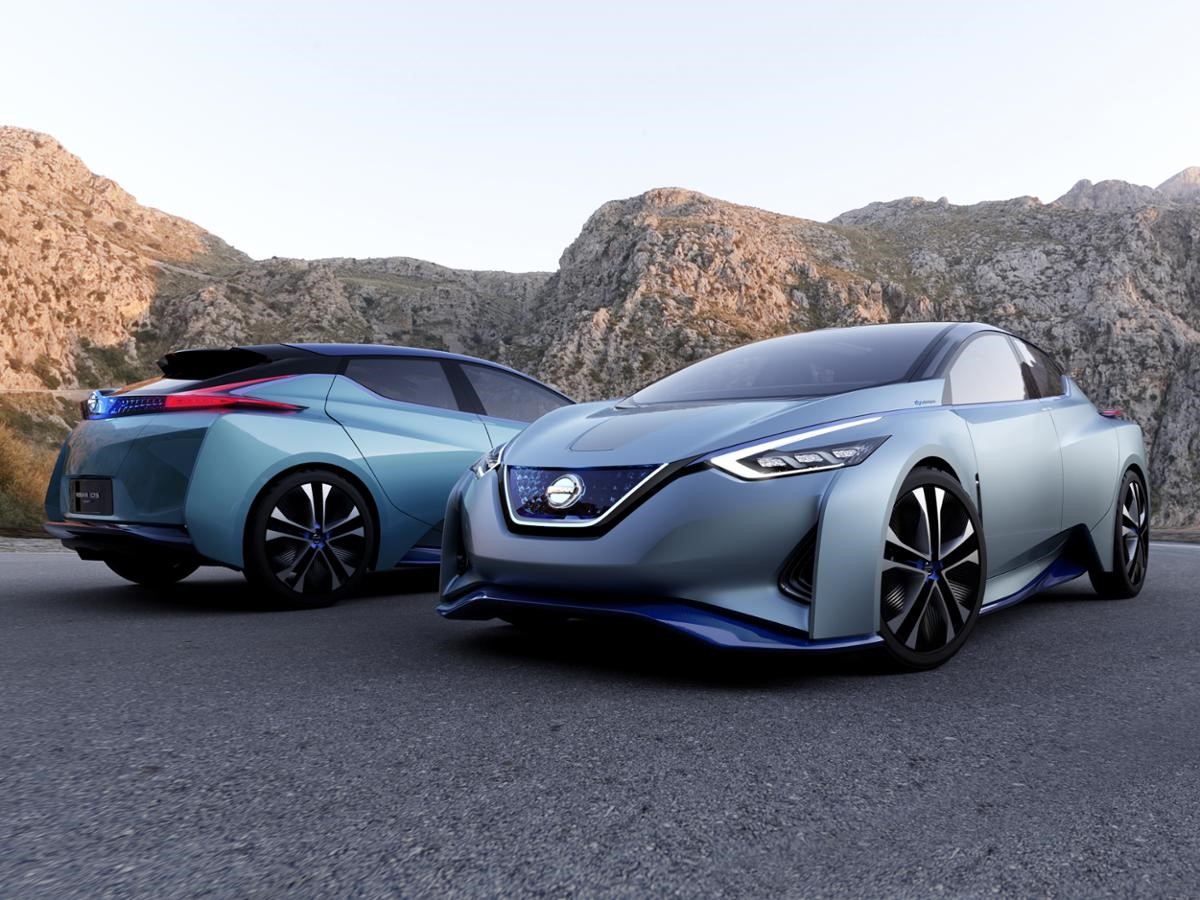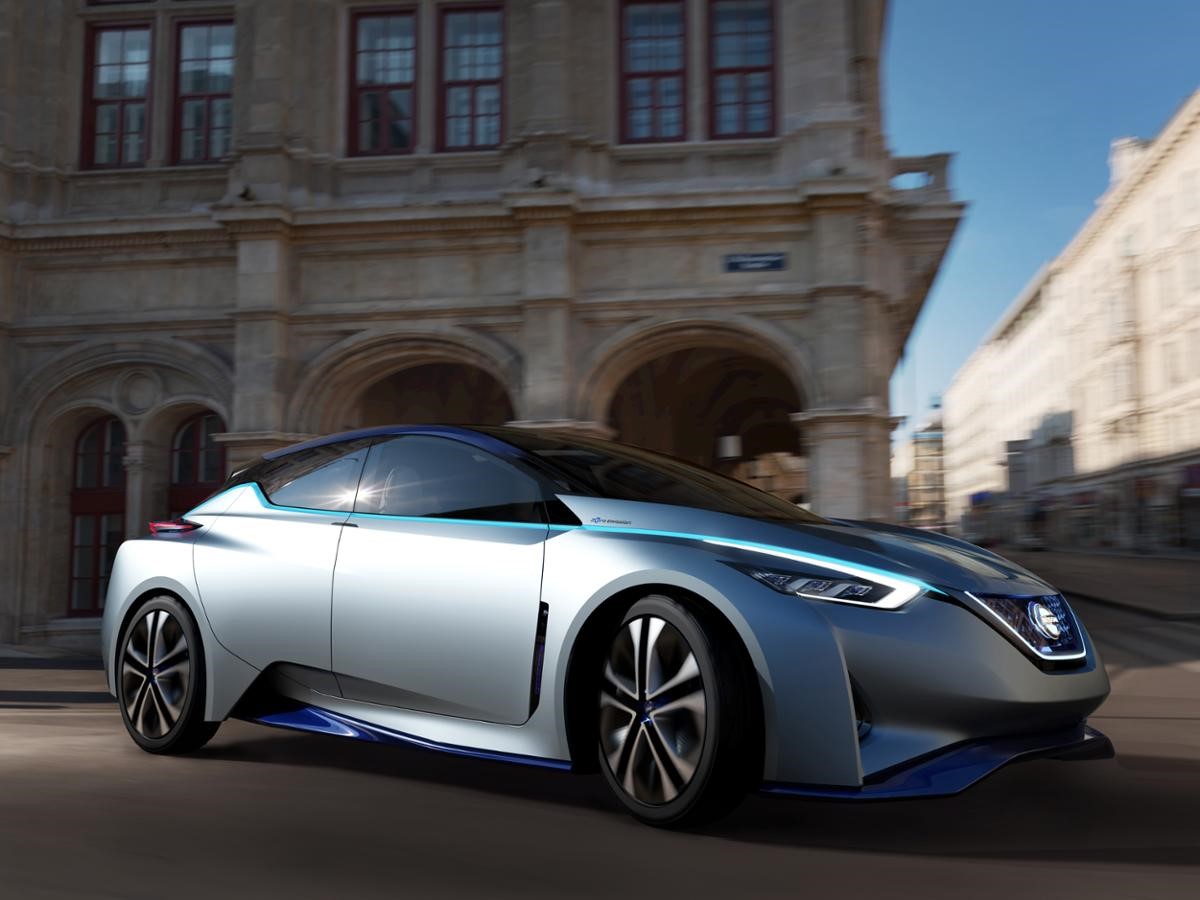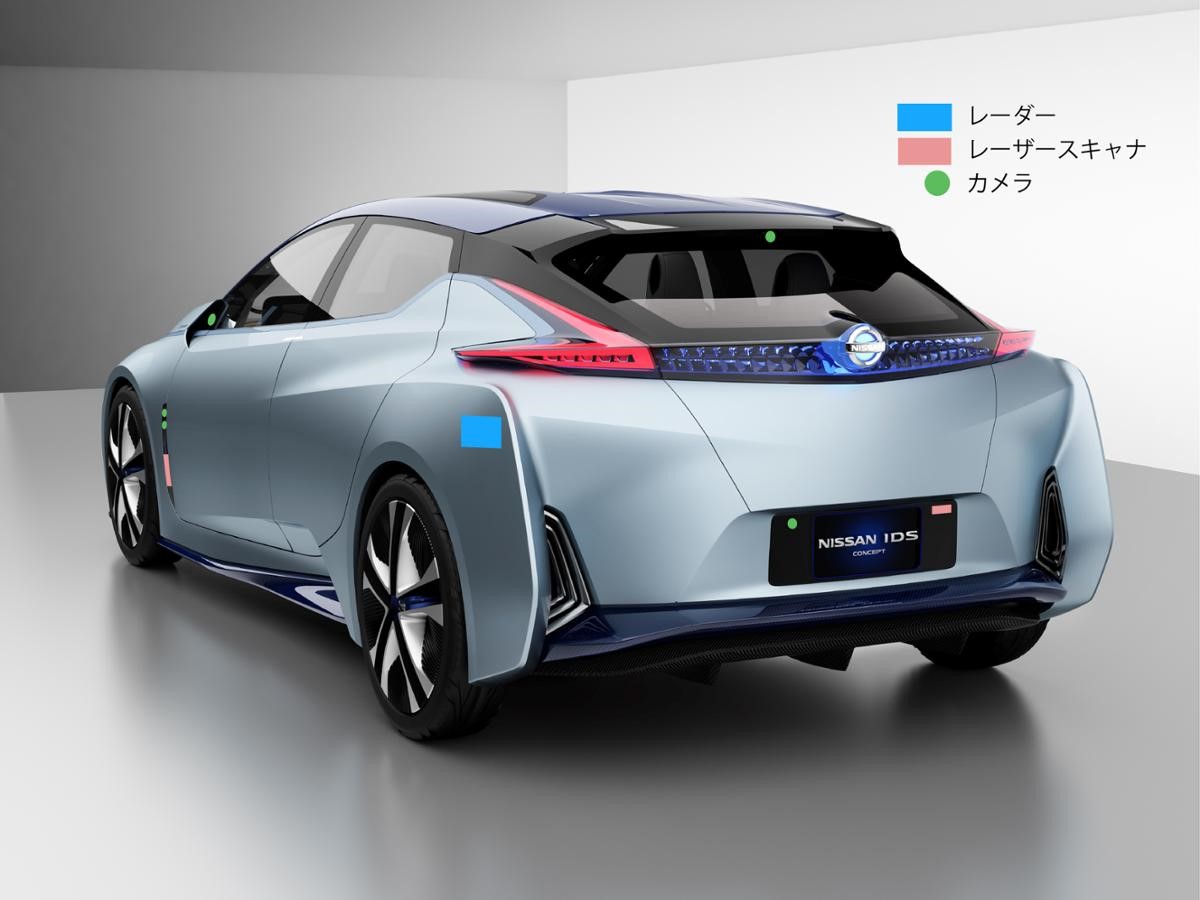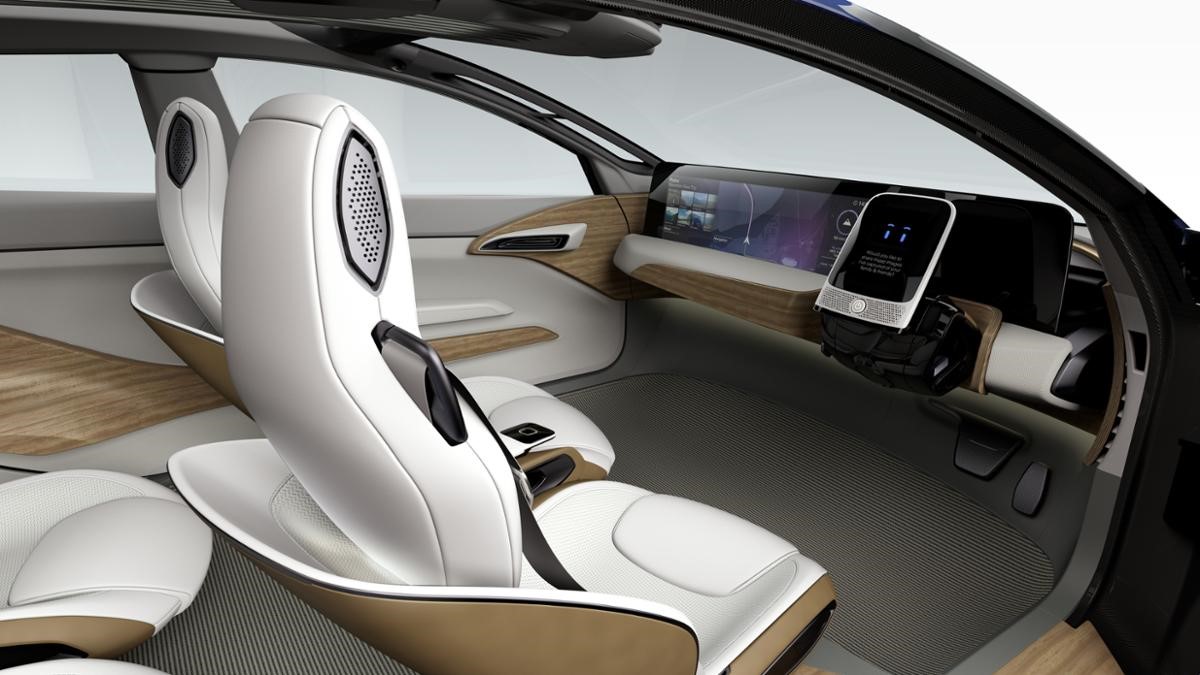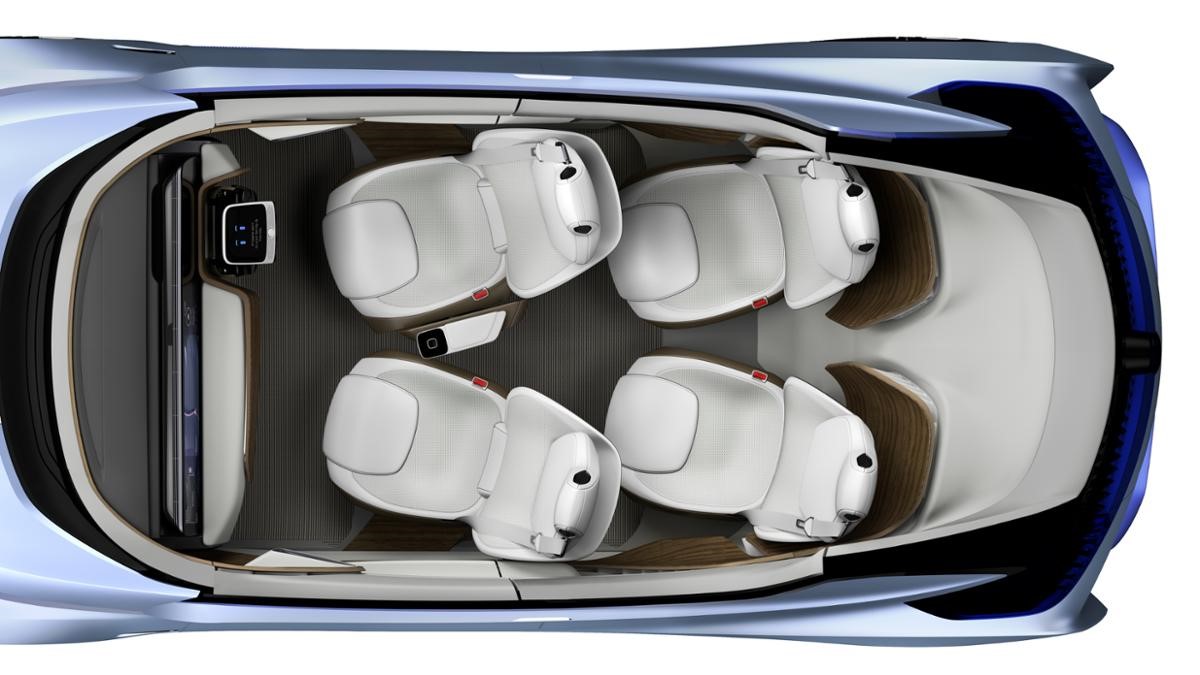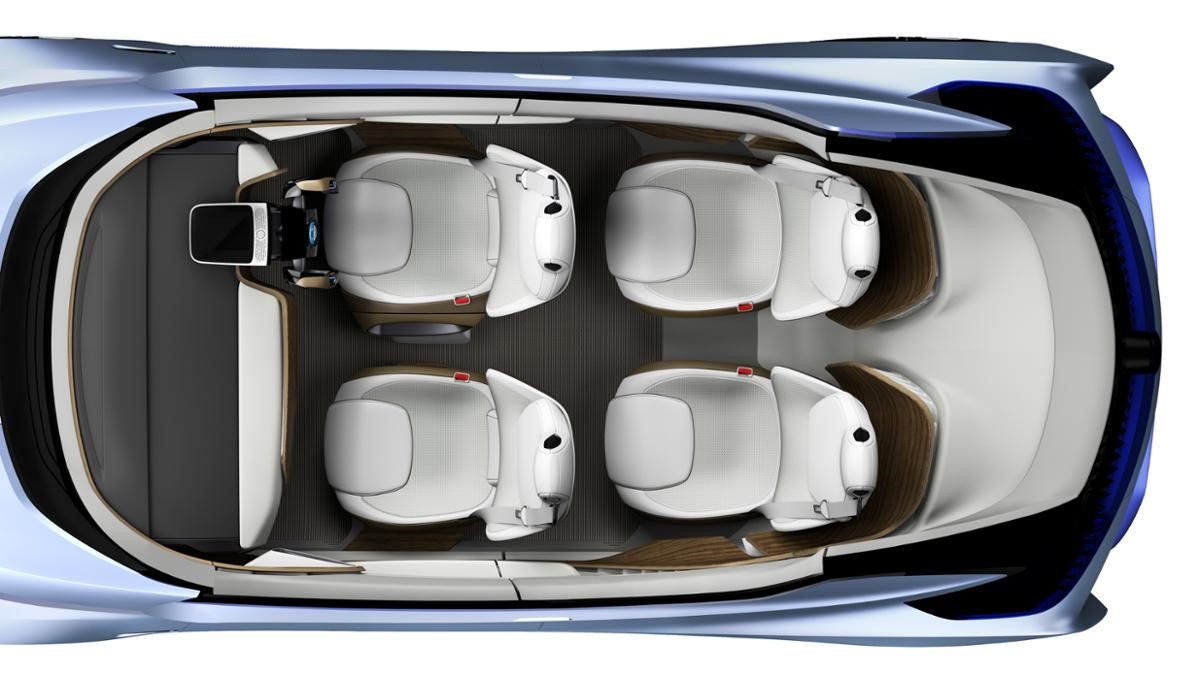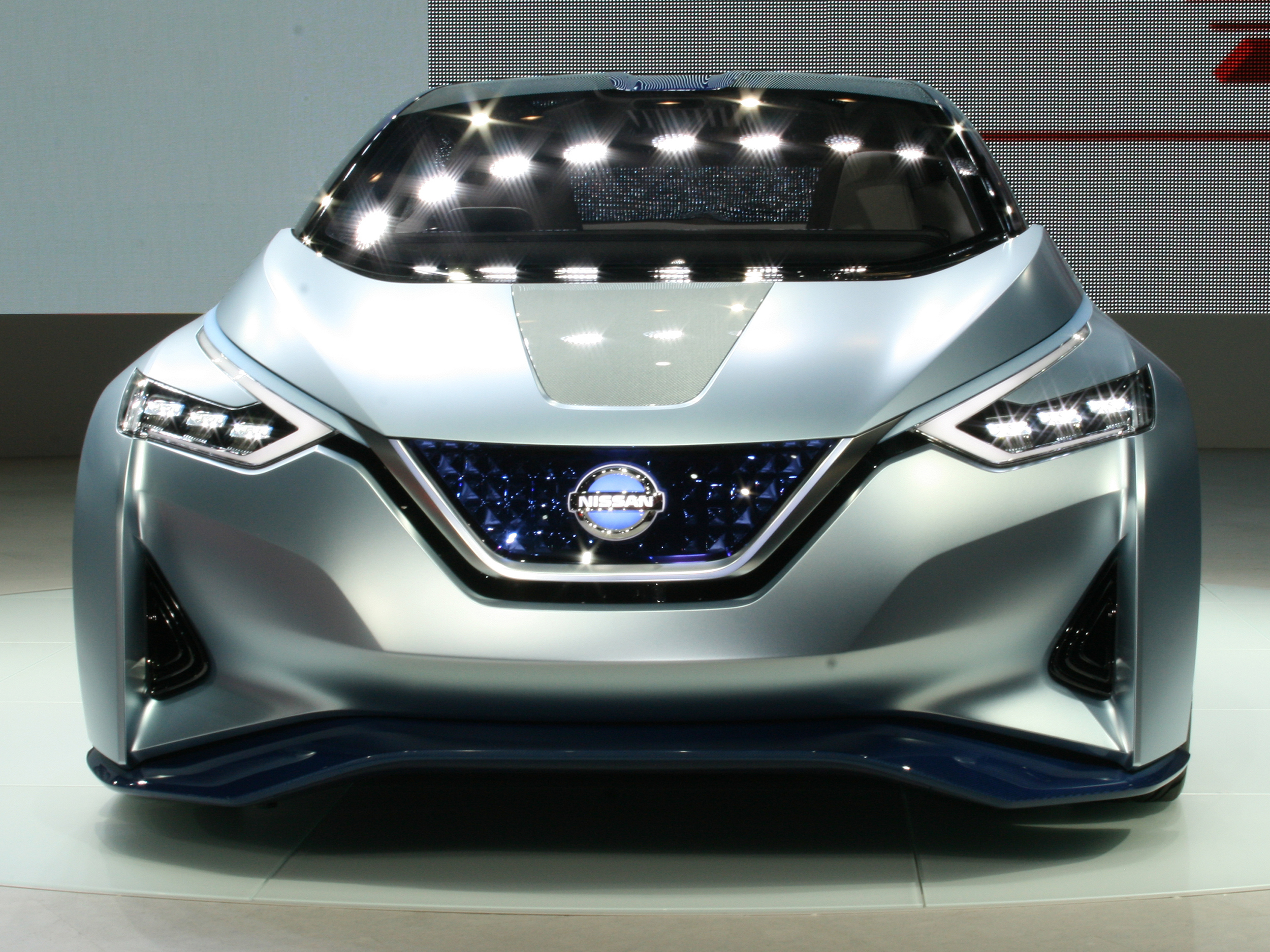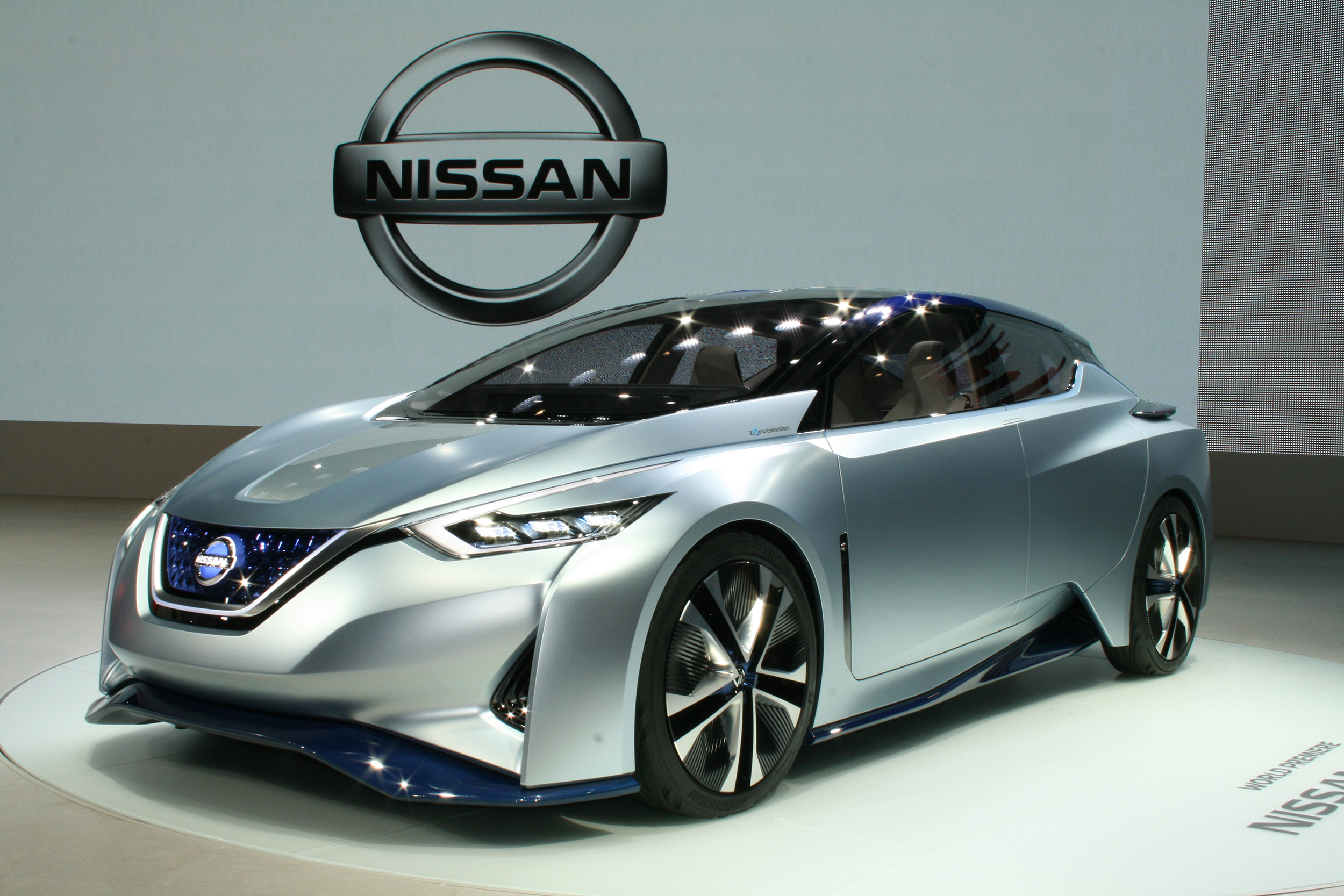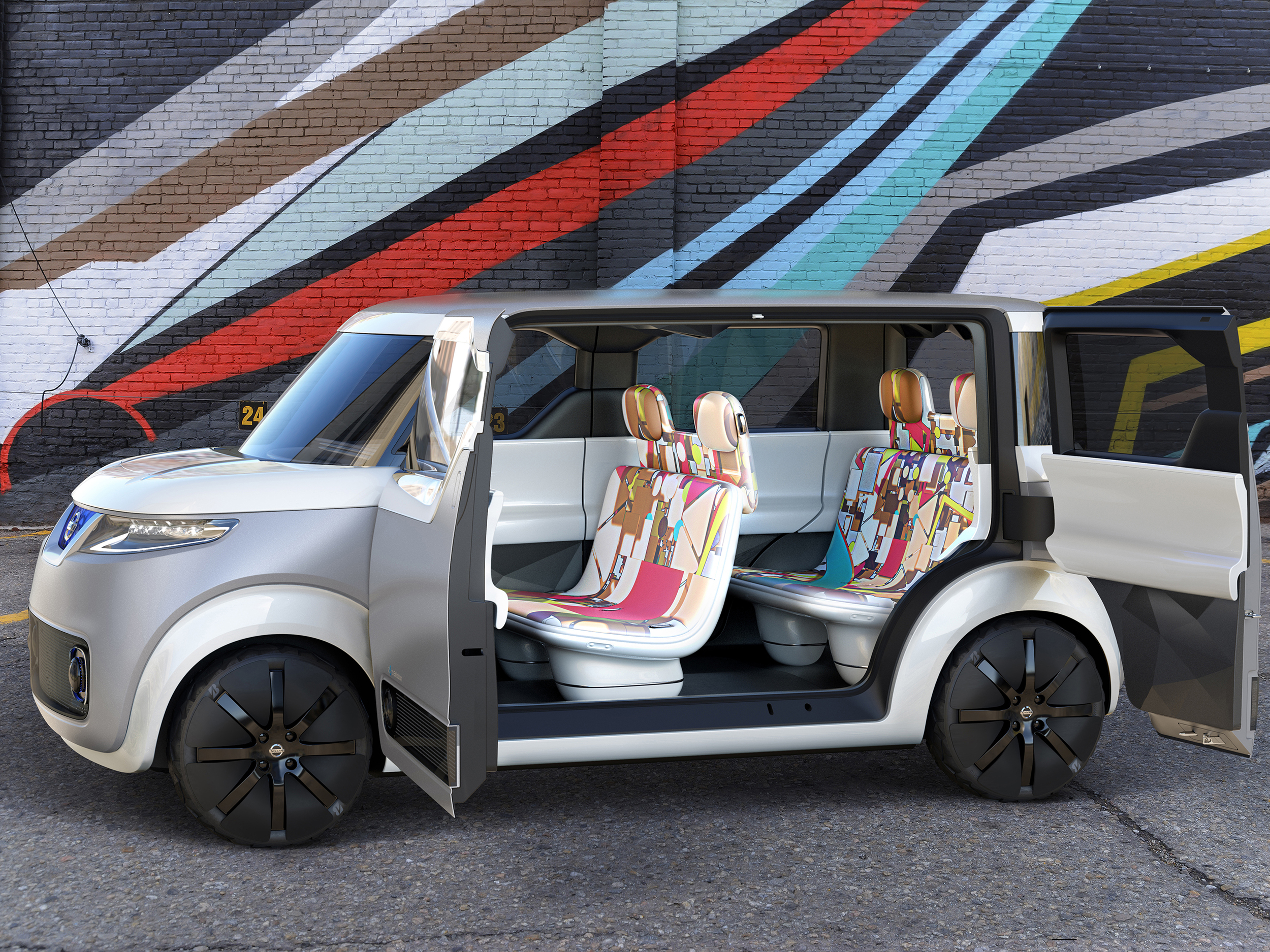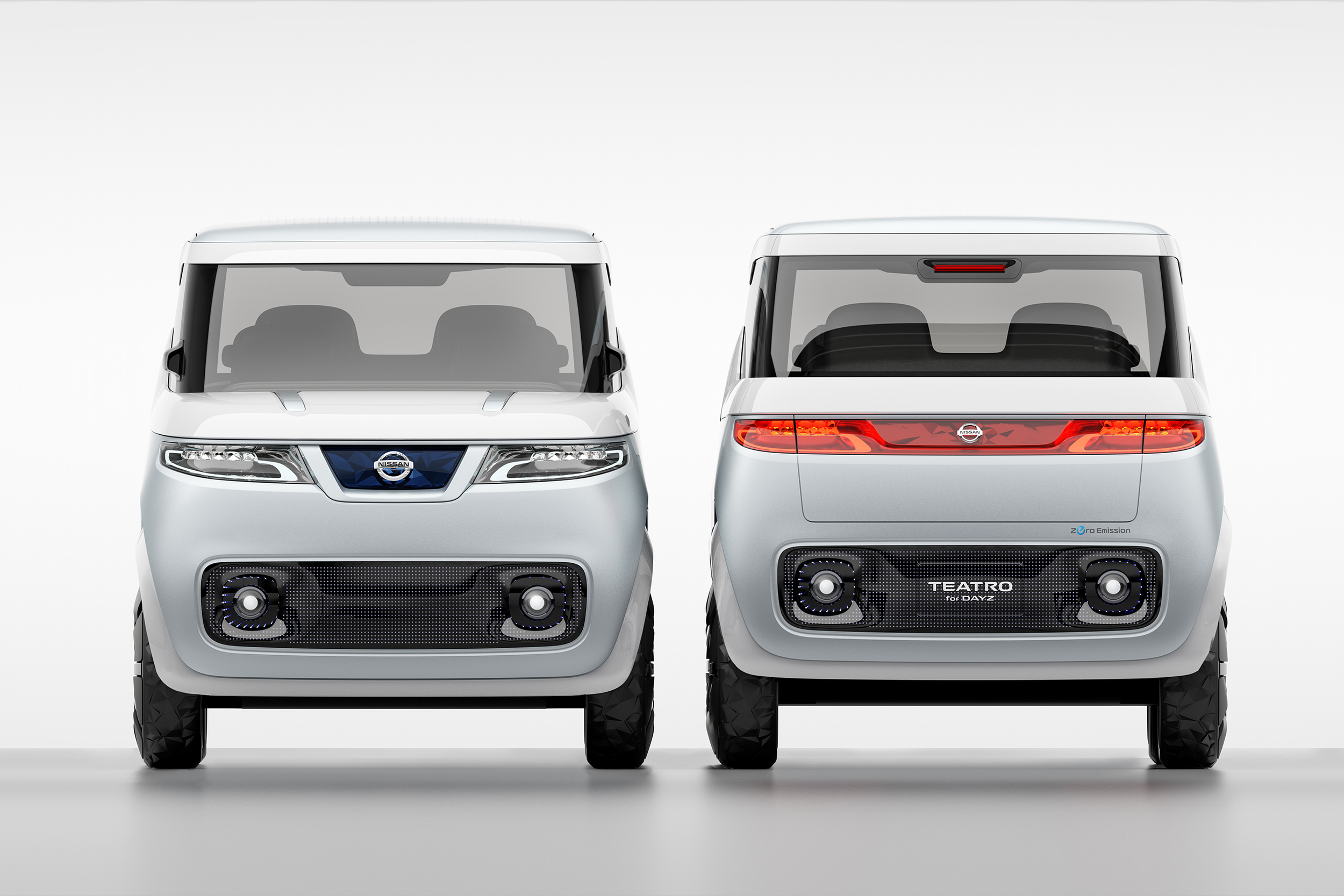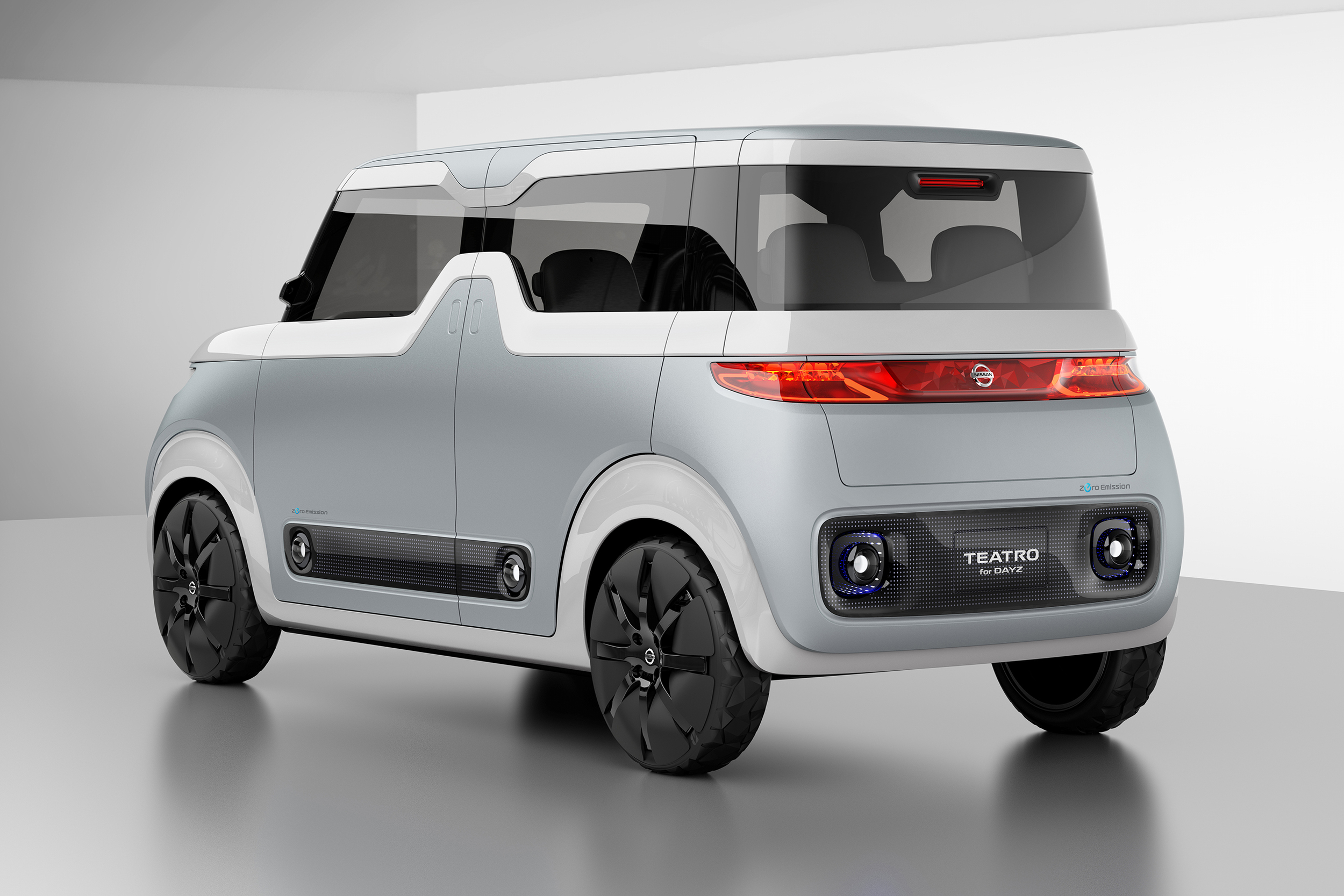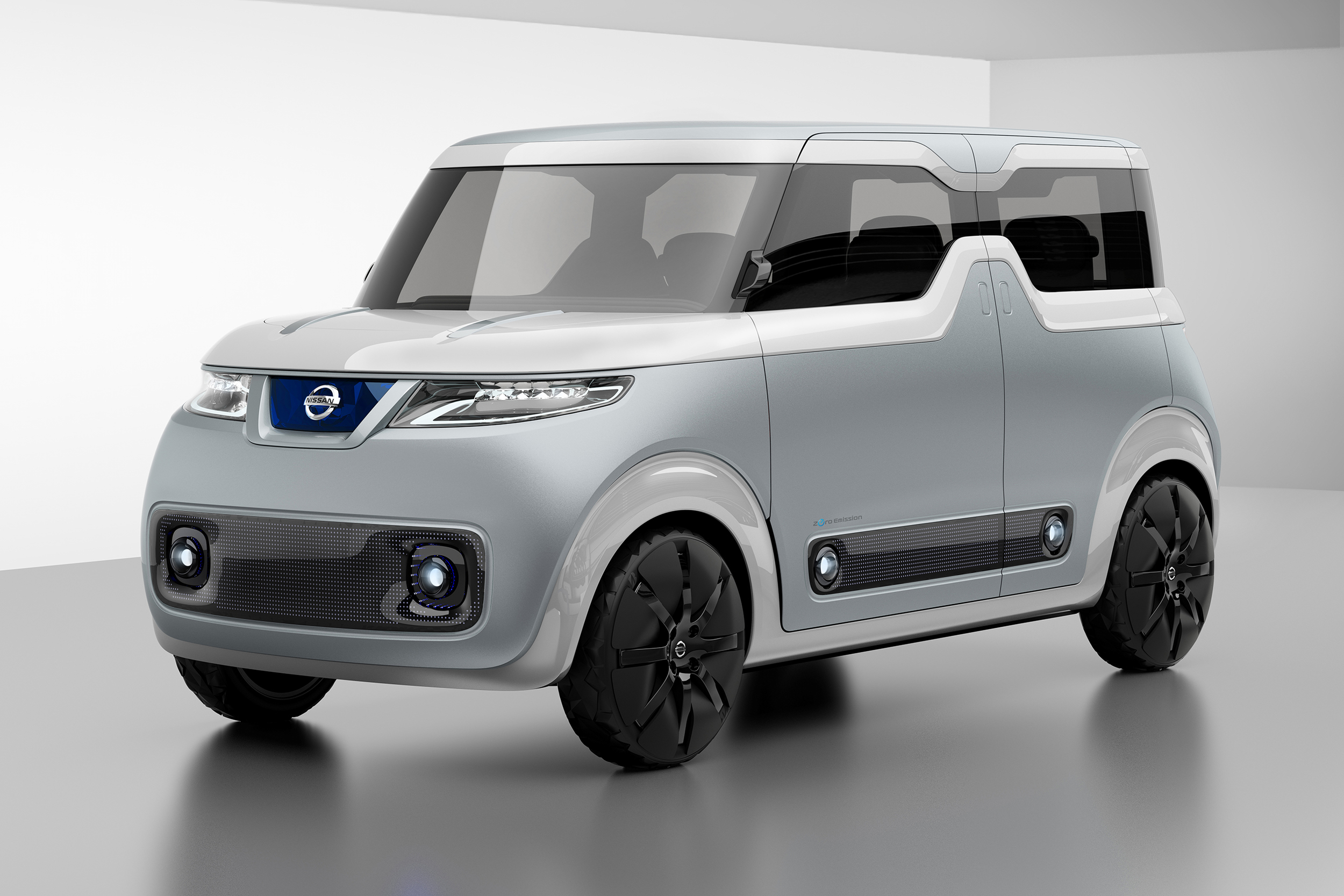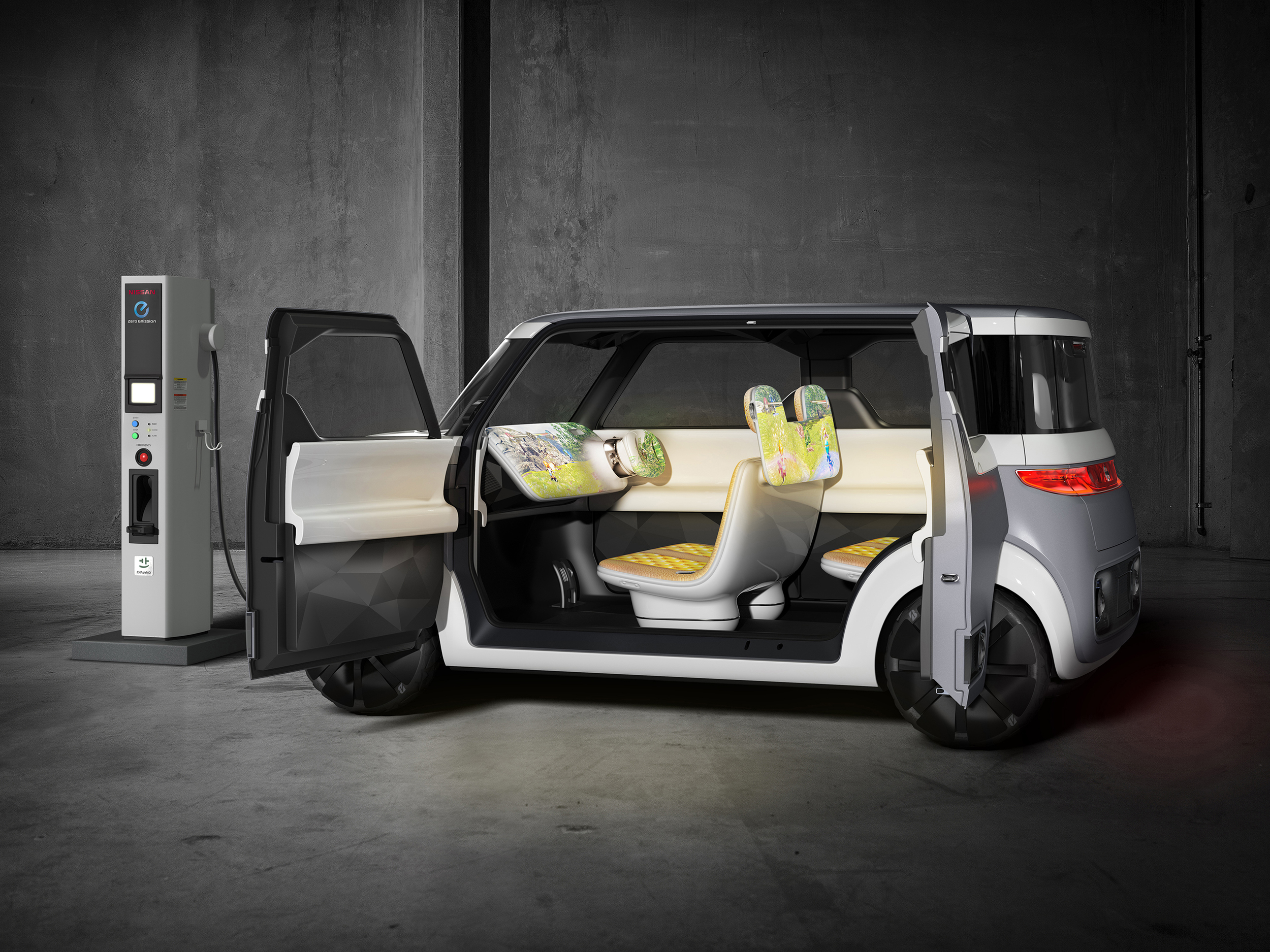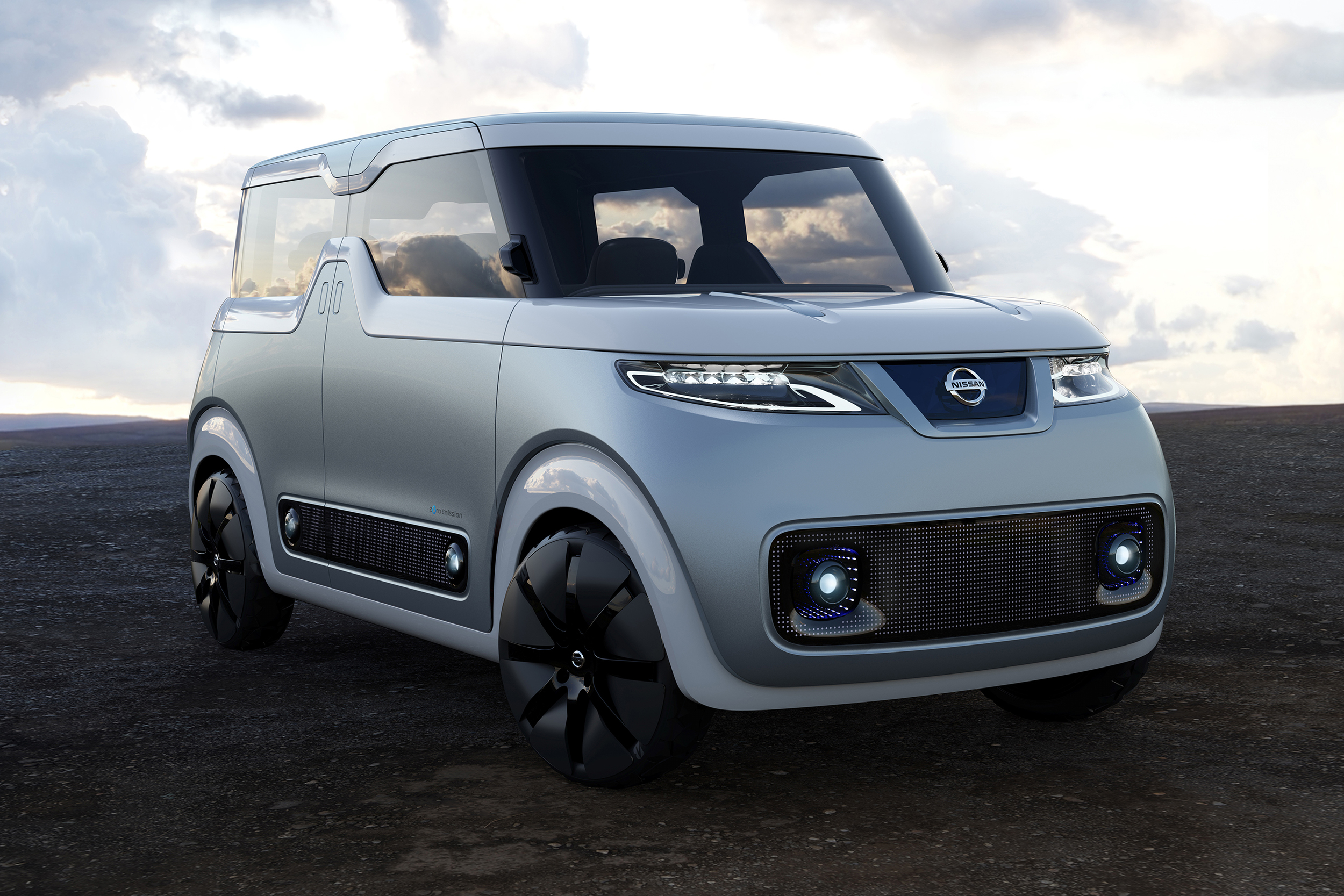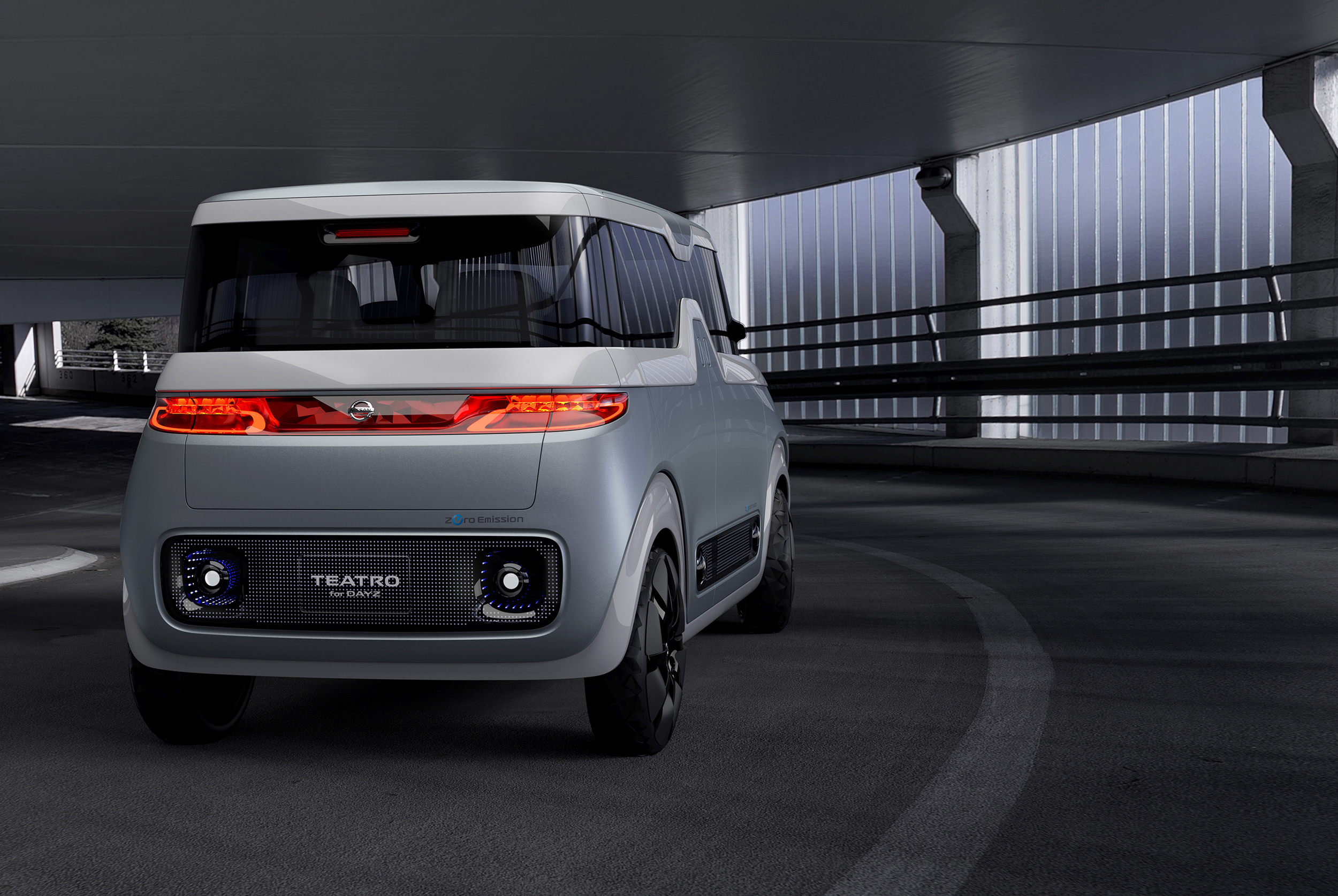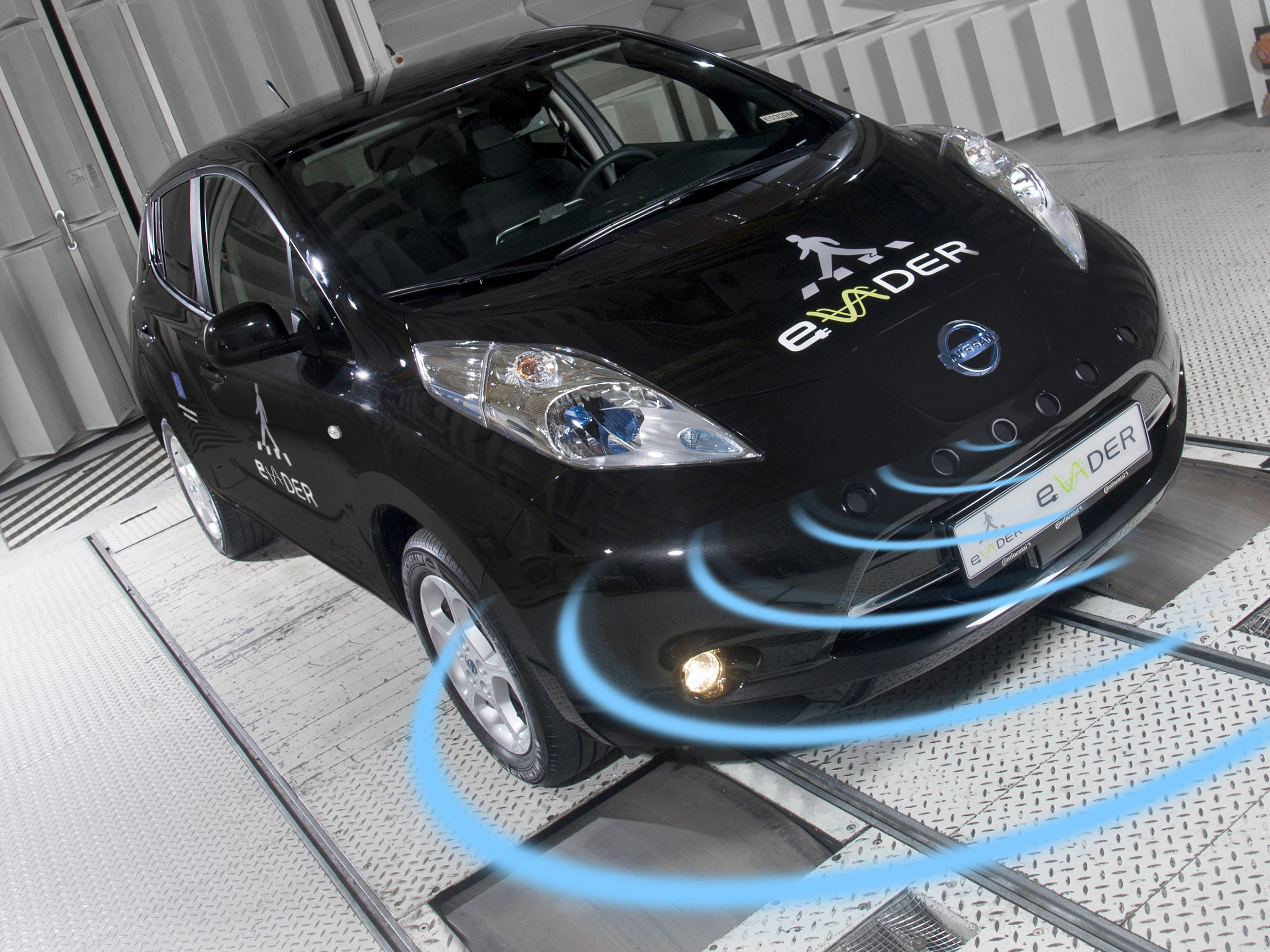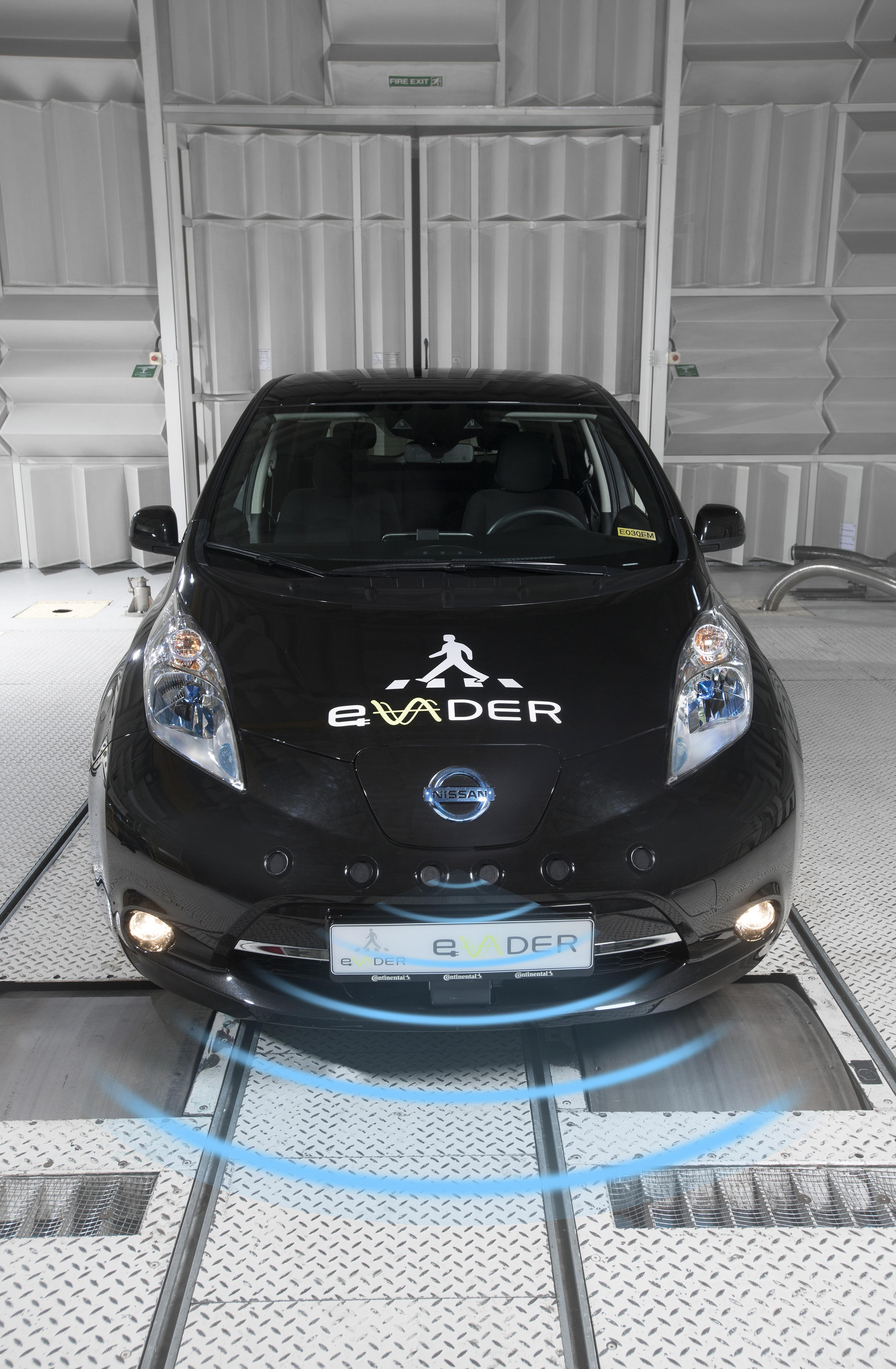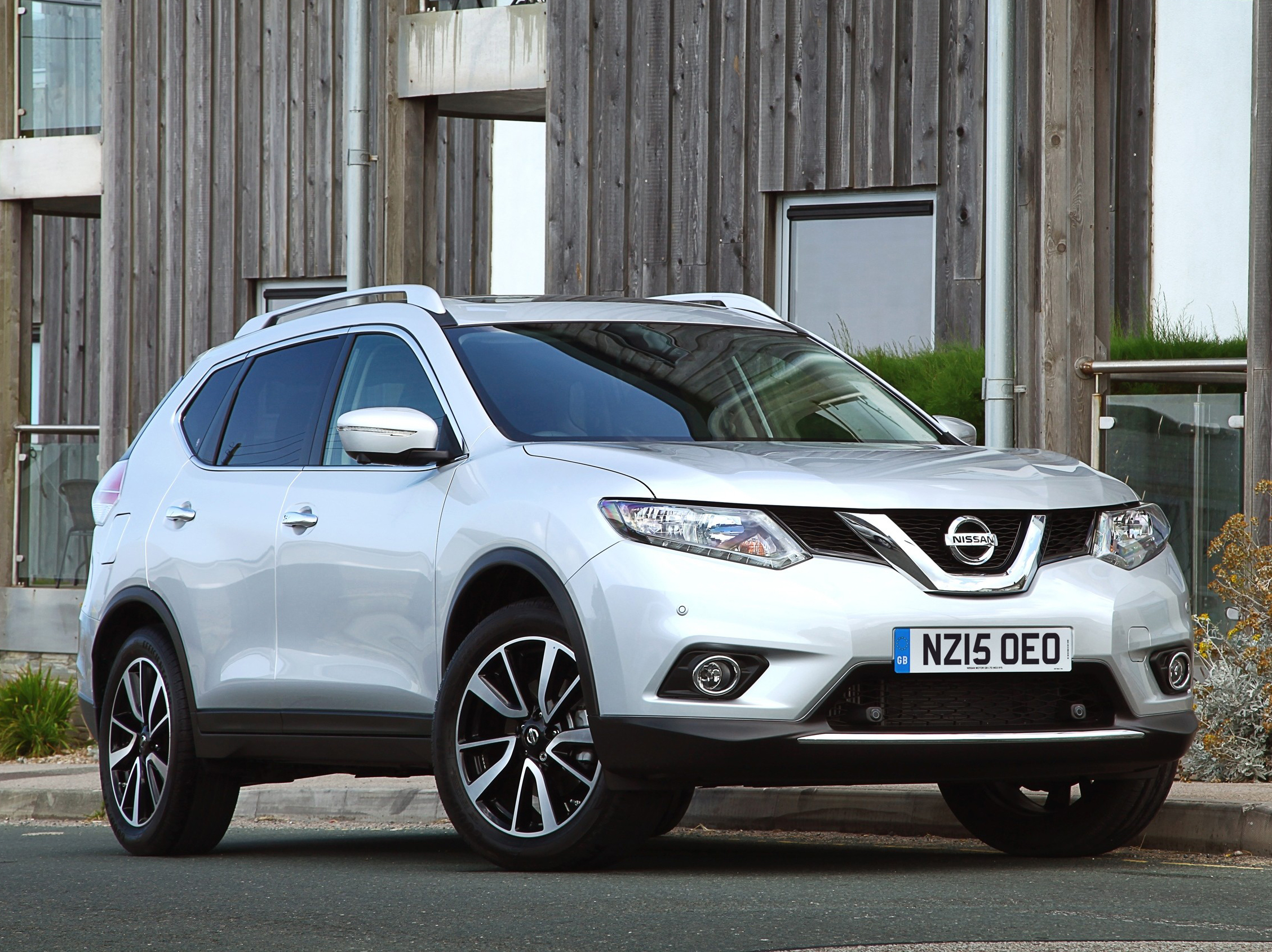





The Renault-Nissan Alliance has confirmed it will launch more than 10 vehicles with autonomous drive technology in the next four years.
The global car group confirmed the range of vehicles with autonomous capabilities will roll-out in the United States, Europe, Japan and China through 2020. The technology will be installed on mainstream, mass-market cars ‘at affordable prices’. The car group has hired new executive to oversee connectivity and connected car services globally.
Safety and efficiency of vehicles across the Renault-Nissan Alliance has ‘increased dramatically’, with fatal and serious injuries in Japanese Nissan vehicles decreasing 61 percent in 20 years. Fatal and serious injuries in Renault vehicles in France decreased 80 percent in 15 years. Autonomous drive is expected to help further reduce driver error, which is responsible for up to 90 percent of all fatalities.
2016 will mark the debut of vehicles with ‘single-lane control’ a feature that allows cars to drive autonomously on motorways, including in heavy, stop-and-go traffic. In 2018, Renault-Nissan will launch vehicles with ‘multiple-lane control’ which can autonomously negotiate hazards and change lanes during motorway driving. And 2020 will see the launch of ‘intersection autonomy’ which can navigate city intersections and heavy urban traffic without driver intervention.
Later this year the Alliance will launch a new automotive mobile app which allows remote interaction with your car. Next year, it will launch the first Alliance Multimedia System providing new multimedia and navigation features, as well as improved smartphone integration and wireless map updates.
“Renault-Nissan Alliance is deeply committed to the twin goals of ‘zero emissions and zero fatalities'” Renault-Nissan Alliance Chairman and CEO Carlos Ghosn said at the Renault-Nissan Silicon Valley Research Center. “That’s why we are developing autonomous driving and connectivity for mass-market, mainstream vehicles on three continents.”
The Renault-Nissan Alliance is a partnership between Paris-based Renault and Yokohama, Japan-based Nissan and have been strategic partners since 1999.



